
When it comes to breast ailments caused by breastfeeding, natural remedies are almost always the best option for mother and baby. They can usually help you get back to comfort as quickly and painlessly as possible.
More from MamásLatinas: 30 Home remedies to naturally increase your breast milk supply
Natural remedies for breastfeeding ailments are typically safe and effective and allow you to continue nursing your baby as you work through whatever issues you are experiencing.
Everything from mastitis and plugged ducts to low milk supply and general tenderness can be helped with the use of one or more of these natural remedies.
Air out cracked nipples.

While not necessarily normal, cracked nipples–especially in the early days of breast feeding–are quite common. Letting your nipples air dry completely between feedings can help heal them quickly.
Fresh aloe vera can soothe nipple irritation.
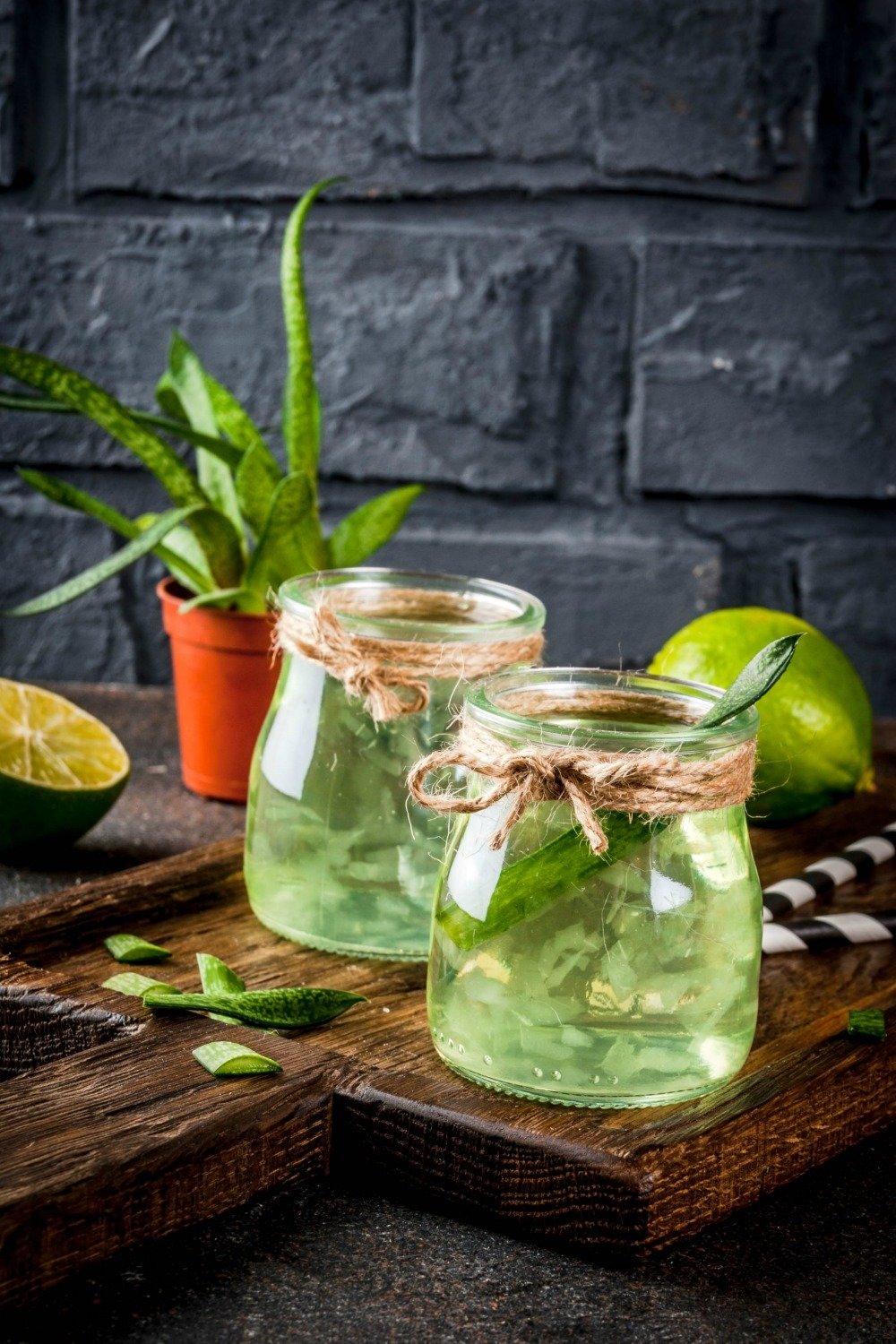
Using the fresh gel from an aloe vera plant on your nipples when they are irritated and sore from breastfeeding can help soothe them.
Breast milk itself has healing properties.
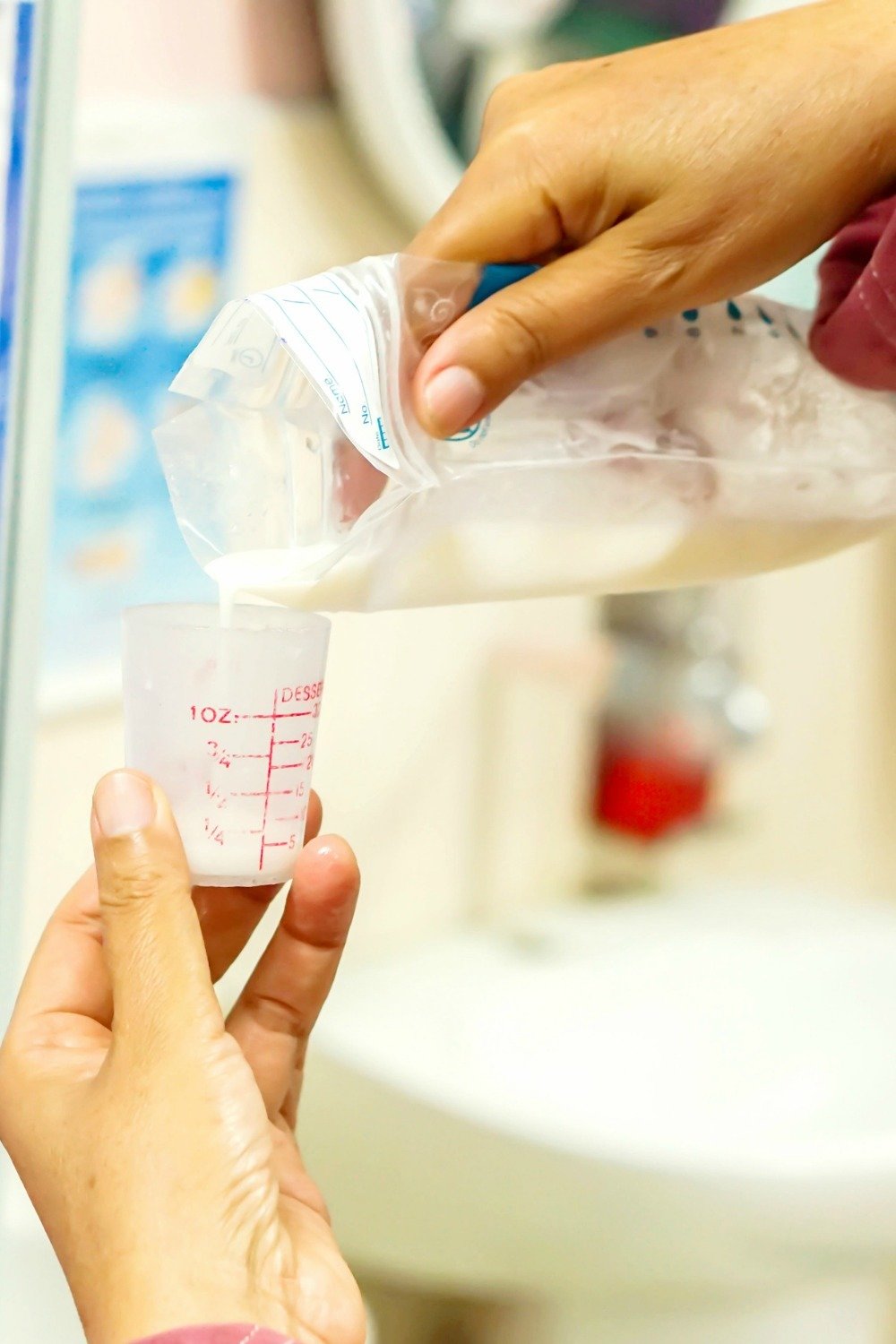
Breast milk is the original superfood. It has all sorts of healing properties and should be one of your first steps to healing cracked or bleeding nipples. Gently rub a little bit of your expressed breastmilk onto your nipples between feedings.
Coconut oil can help chafed nipples.
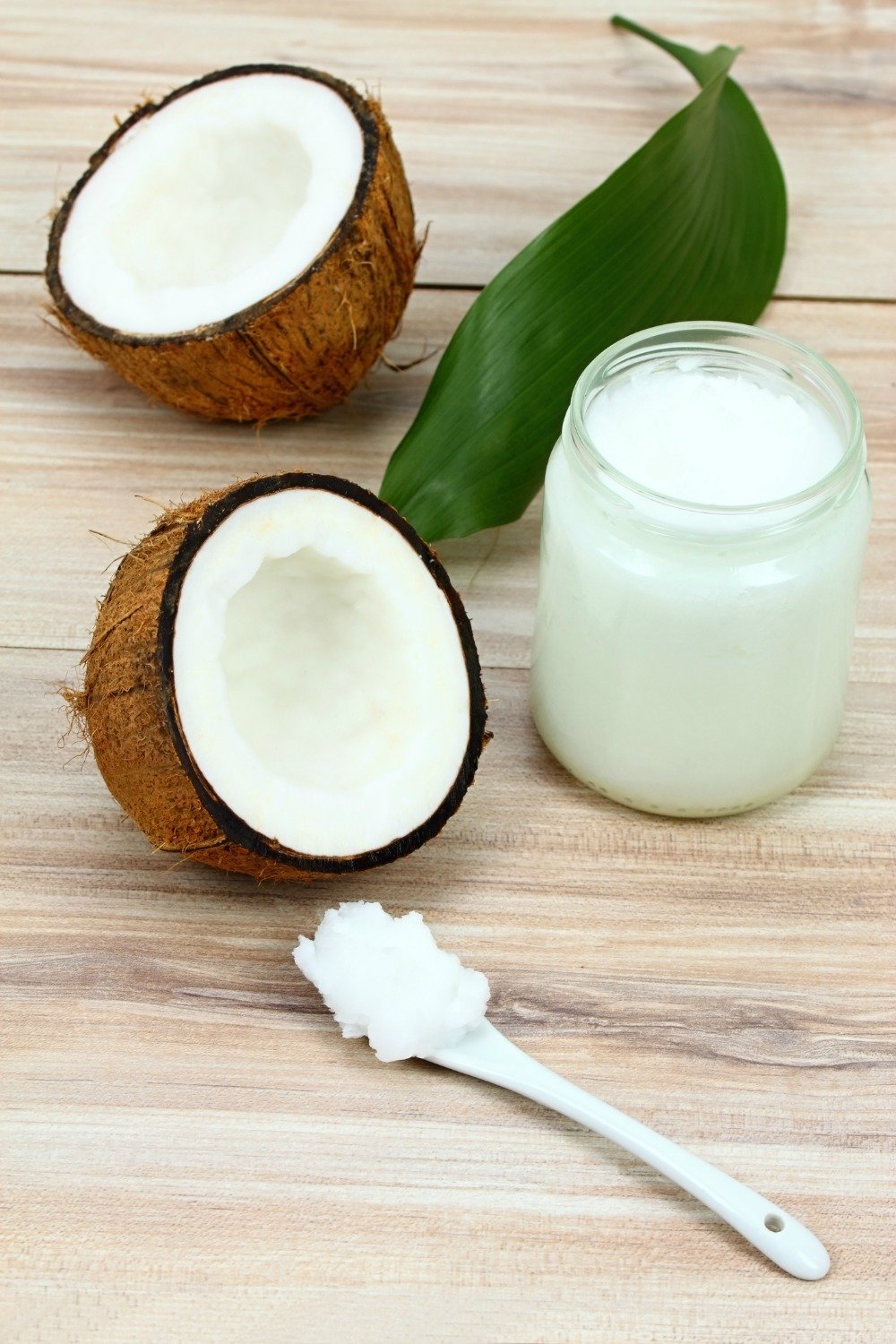
Food-grade, virgin coconut oil can be used in place of a store-bought nipple cream to help soothe and heal chafed or cracked nipples. Plus, it doesn't need to be wiped off before feeding.
Natural lanolin is a lifesaver.
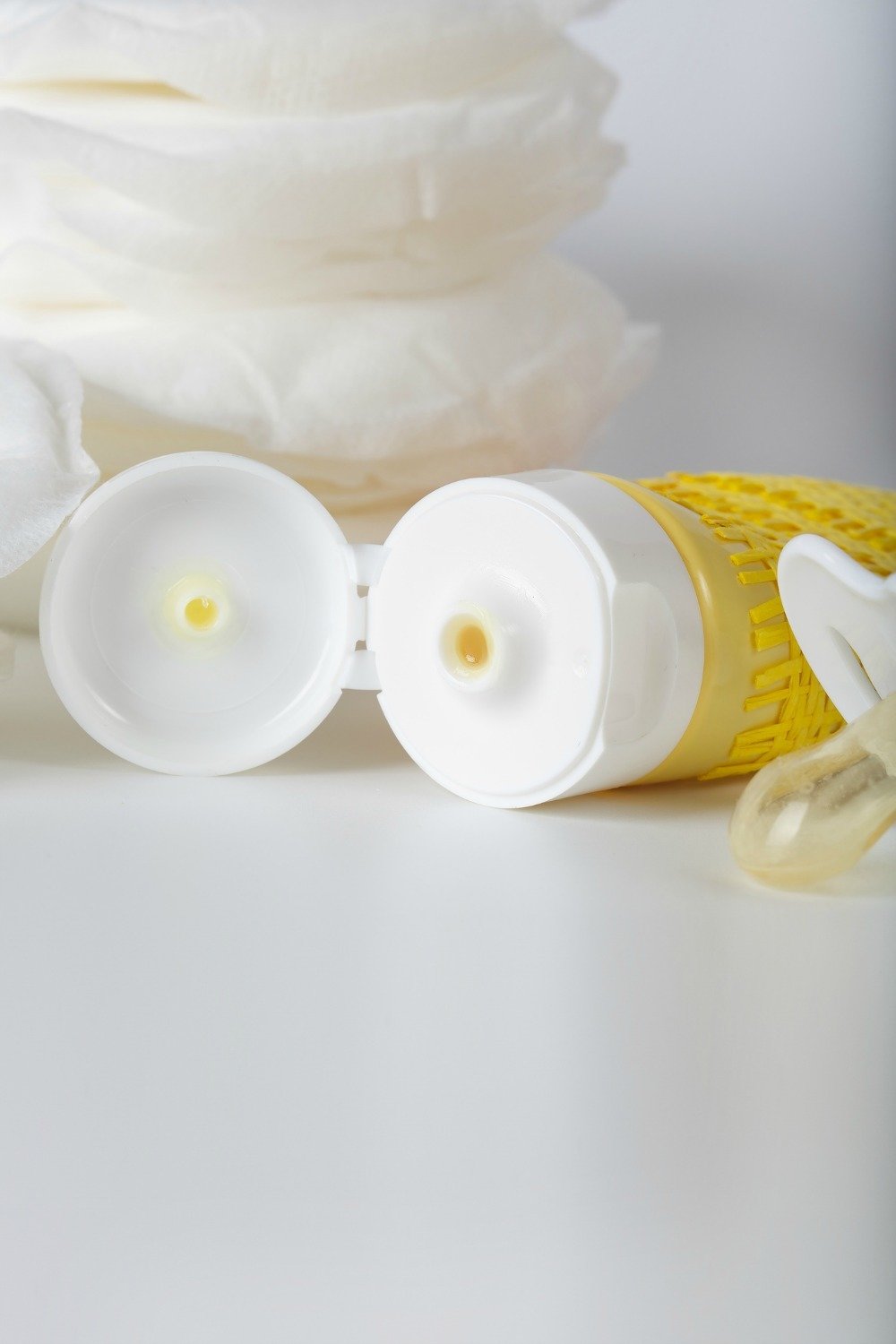
In the early weeks of breastfeeding both of my children, I religiously applied lanolin after each feeding and never suffered from cracked, bleeding or irritated nipples even though one of my babies was tongue and lip tied.
Try new breastfeeding positions.

The way you hold your baby can have an effect on the babies latch which is often the culprit of sore and irritated nipples and on your comfort. Try a few different positions to see what works best for you and your baby.
Vitamin E can be used as a healing ointment.
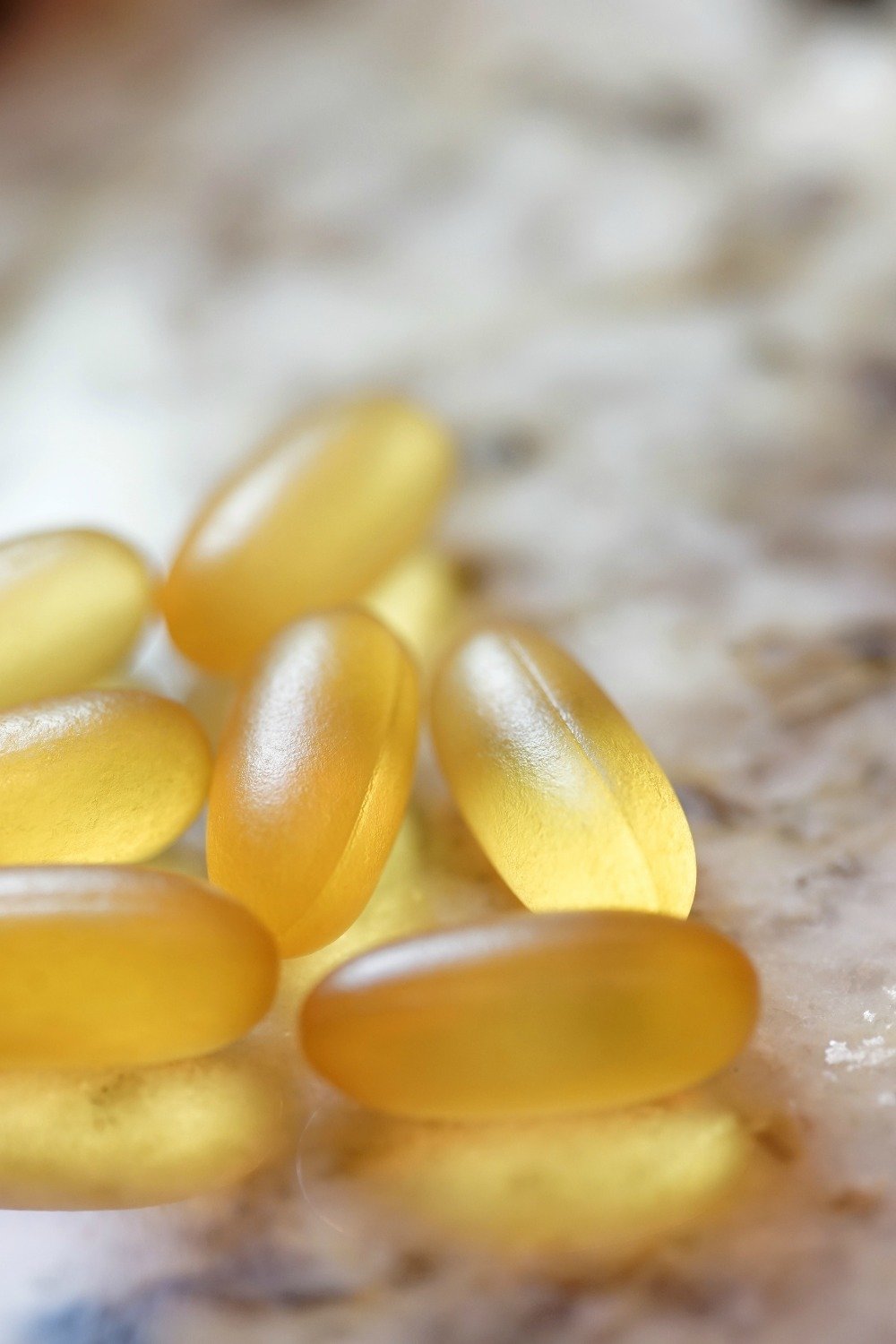
Vitamin E is commonly used to heal cuts and burns, and can be used to heal cracked, bleeding nipples as well. Apply the gel from a Vitamin E capsule to the breast and leave on between feedings then wash off with lukewarm water.
Cabbage leaves ease engorgement.

For many generations cabbage leaves have been known to help reduce breast engorgement when a mother's milk first comes in, when baby sleeps longer than usual or when weaning. Apply cold leaves to your breast for 20 minutes at a time a few times a day.
Pumping milk can help with a few issues.
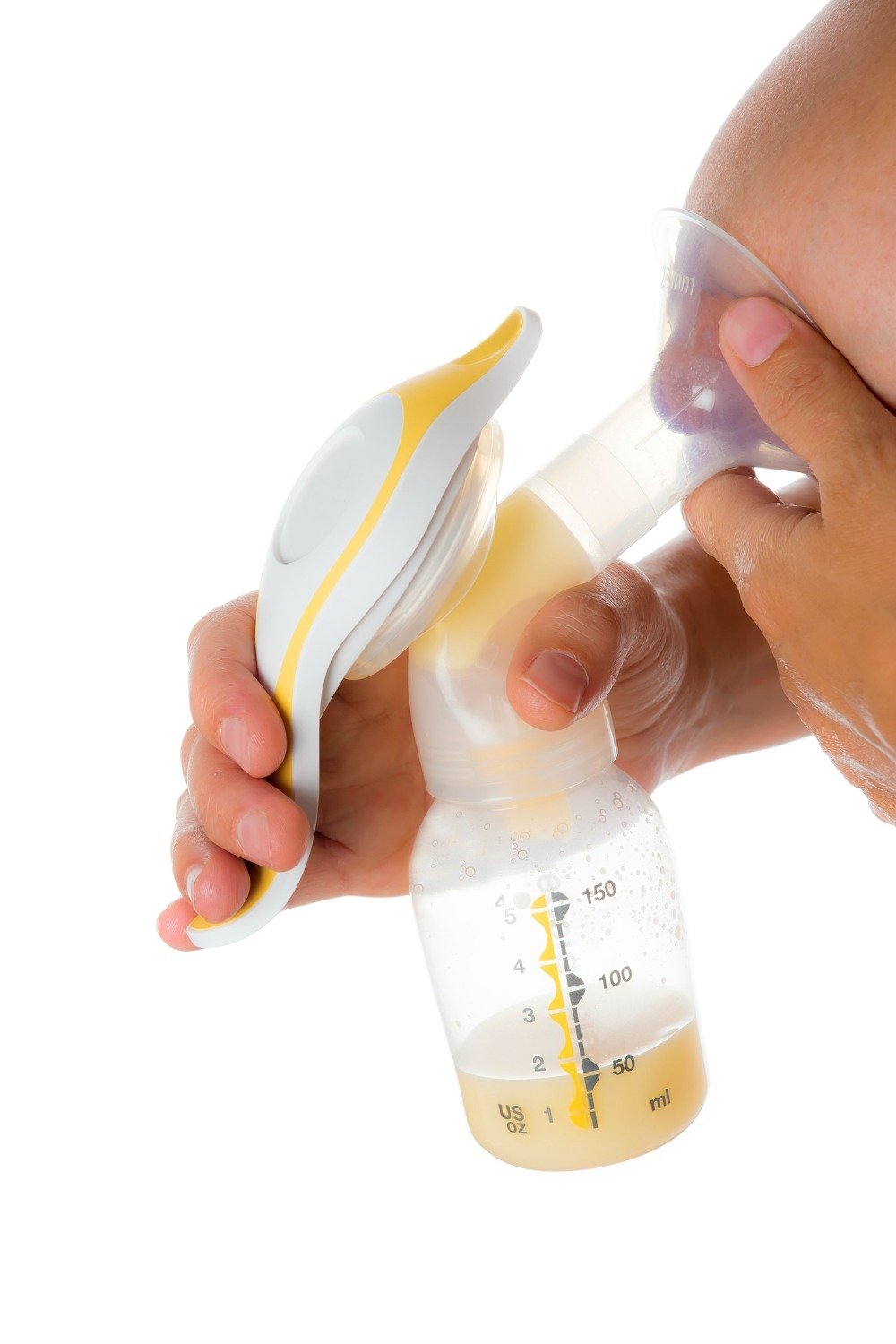
A breast pump or even hand expression can be useful to relieve a lit bit of pressure when your breast are engorged or to help increase milk supply. If your breast are engorged though, only express for a 30 seconds to a minute to release some pressure or your body will get a signal to produce even more.
Vitamin C can speed up healing.
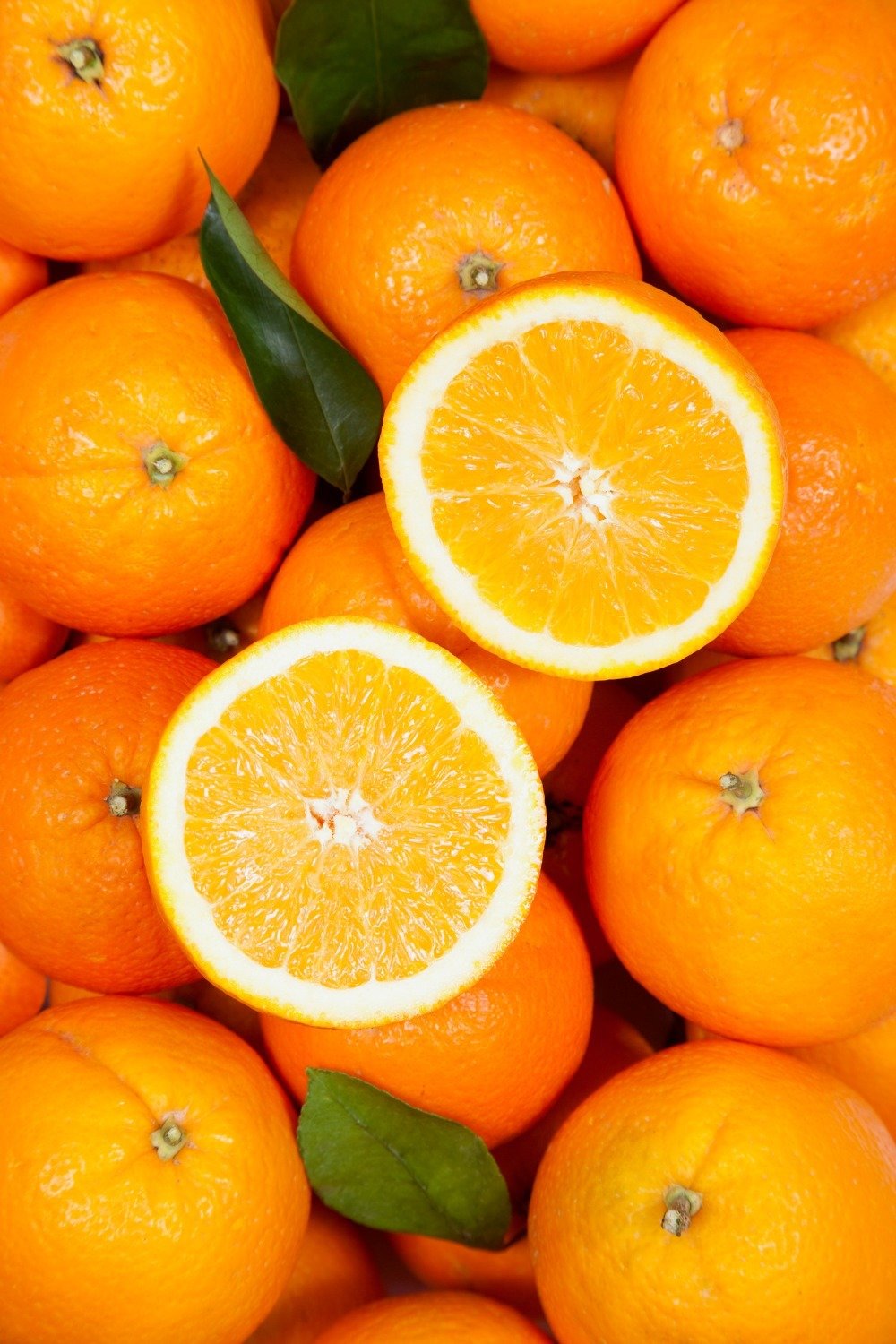
Either eat lots of Vitamin C-rich foods like citrus fruits or take a Vitamin C supplement to help facilitate fast healing. Vitamin C is an excellent immune booster which should speed things up.
A saline rinse can soothe and disinfect.
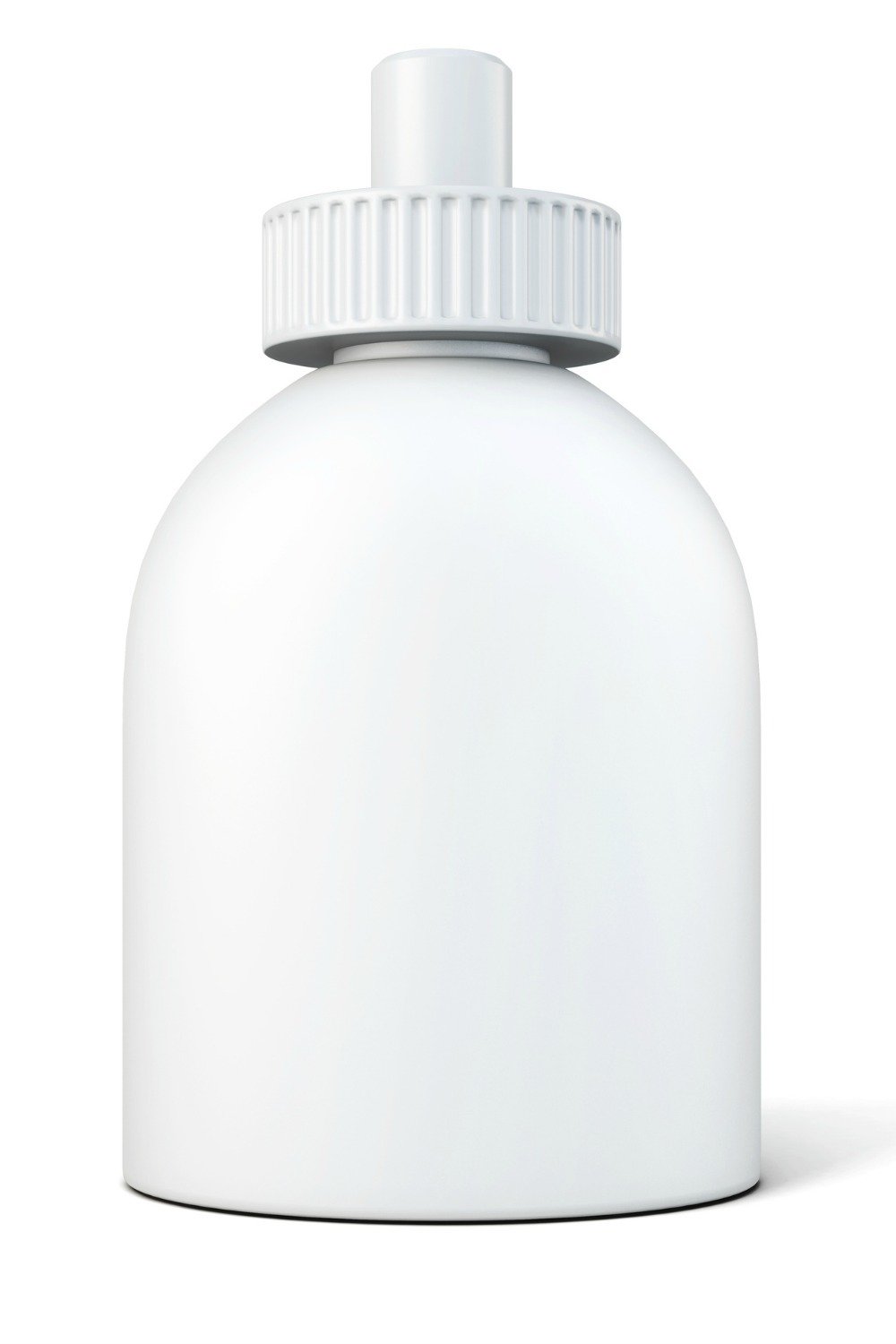
Just like a saline or salt water rinse can help soothe and heal a sore throat, it can help soothe and heal chafed, cracked nipples. Make a saline solution with 1 part salt to 4 parts water and apply to nipples with a cotton ball. Rinse off before nursing again.
A hot shower can loosen things up.
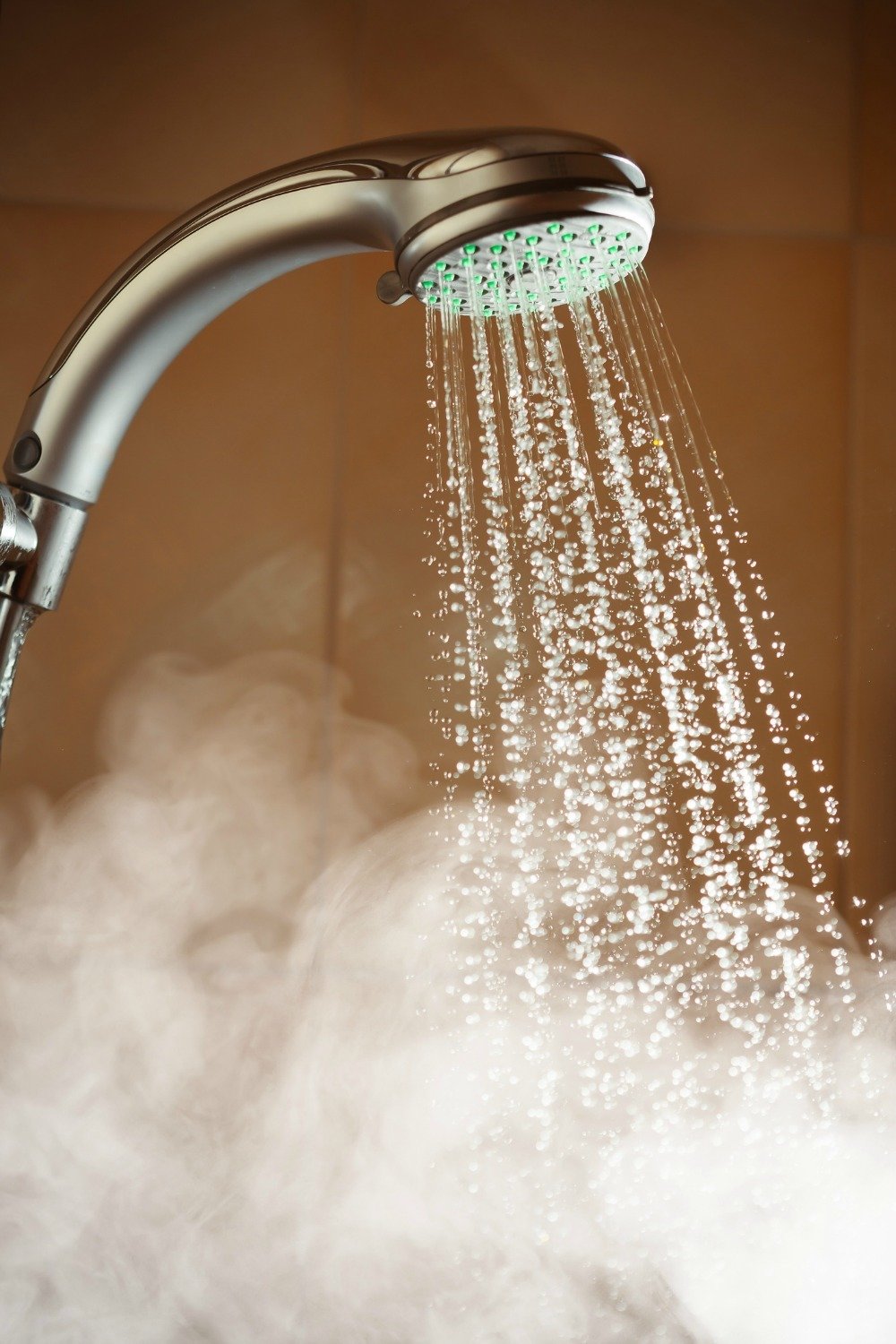
Though you want to avoid direct contact with a hot shower on engorged breast, a hot shower spray can be excellent for plugged milk ducts or simply for getting milk to flow more readily.
Epsom salt can open milk ducts.

If you have a milk blister or a clogged milk duct, try soaking your breasts in an epsom salt bath shortly before nursing to release the clog.
Feed your baby often.

Feeding your baby frequently is the cure for almost every breastfeeding ailment. Low milk supply, feed baby. Mastitis, feed baby. Plugged duct, feed baby. Milk blister, feed baby.
Fenugreek is a known galactalogue.
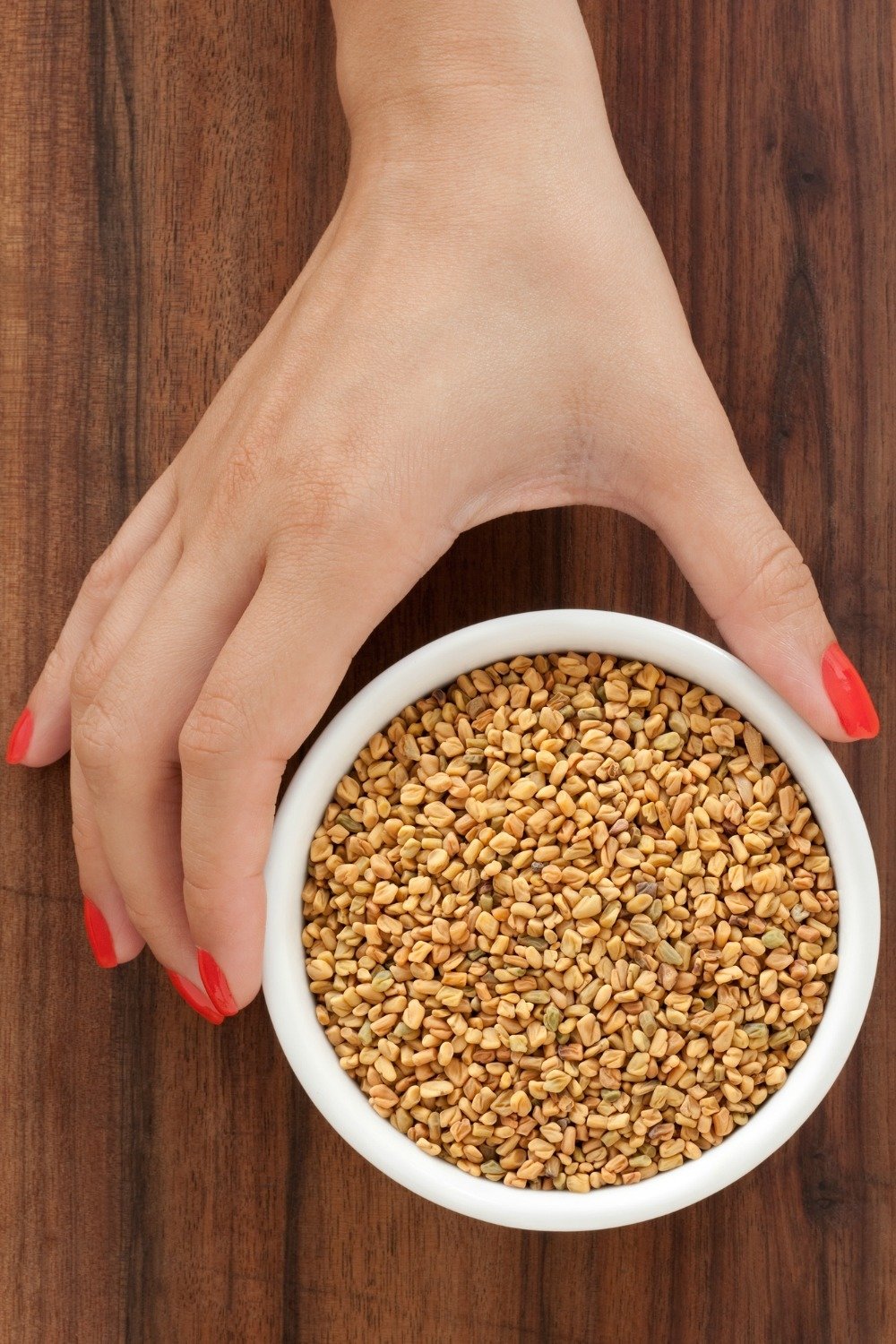
Fenugreek is an herb that has long been known by women to help increase milk supply. You have to consume a sizeable amount, but it is readily available in both capsule and tea form.
Gential violet is used to get rid of thrush.
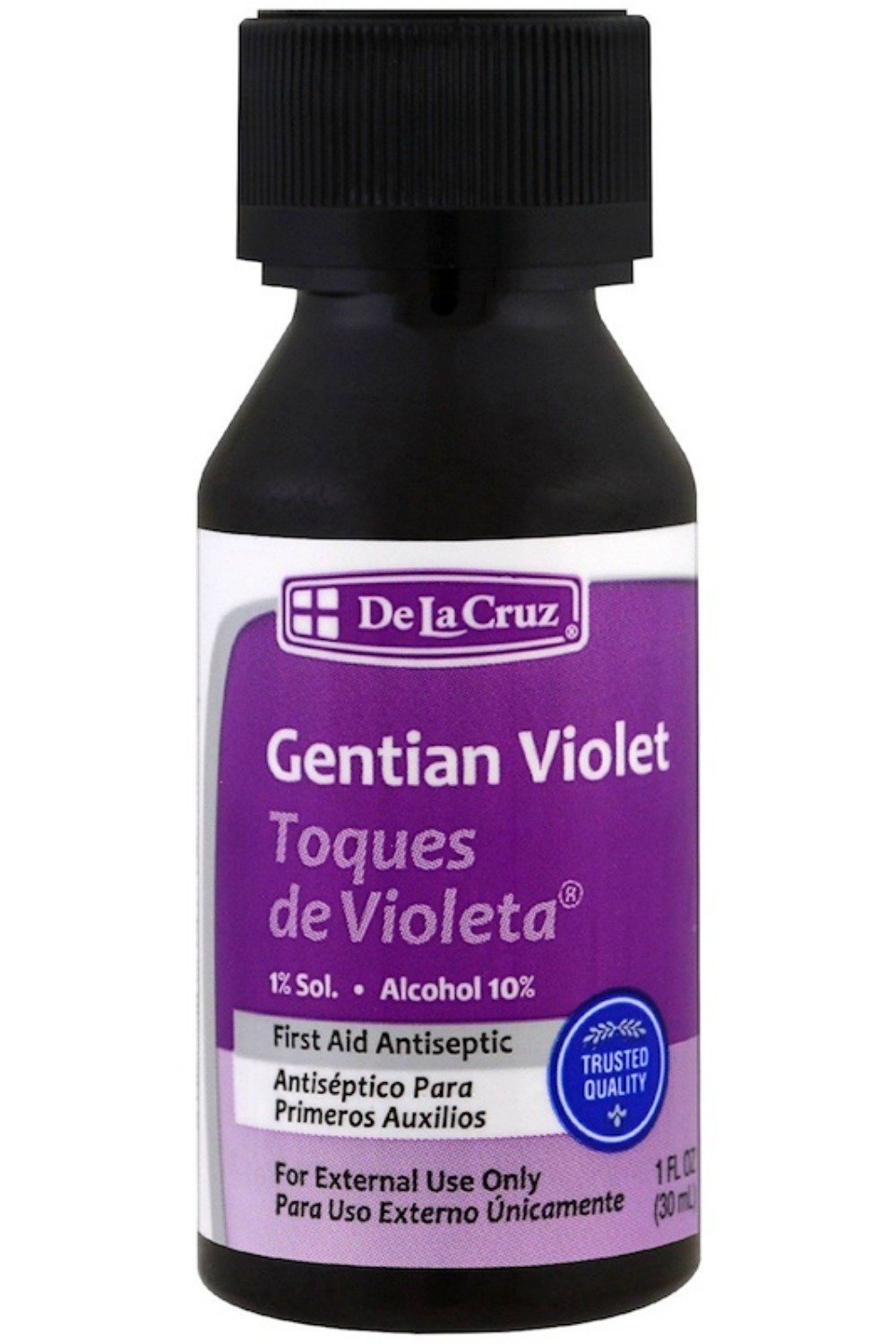
Gentian violet is a homeopathic antiseptic that is often used to clear up thrush–an overgrowth of yeast in a baby's mouth that can be transferred to the breast.
Grapefruit seed extract is a natural antibiotic.
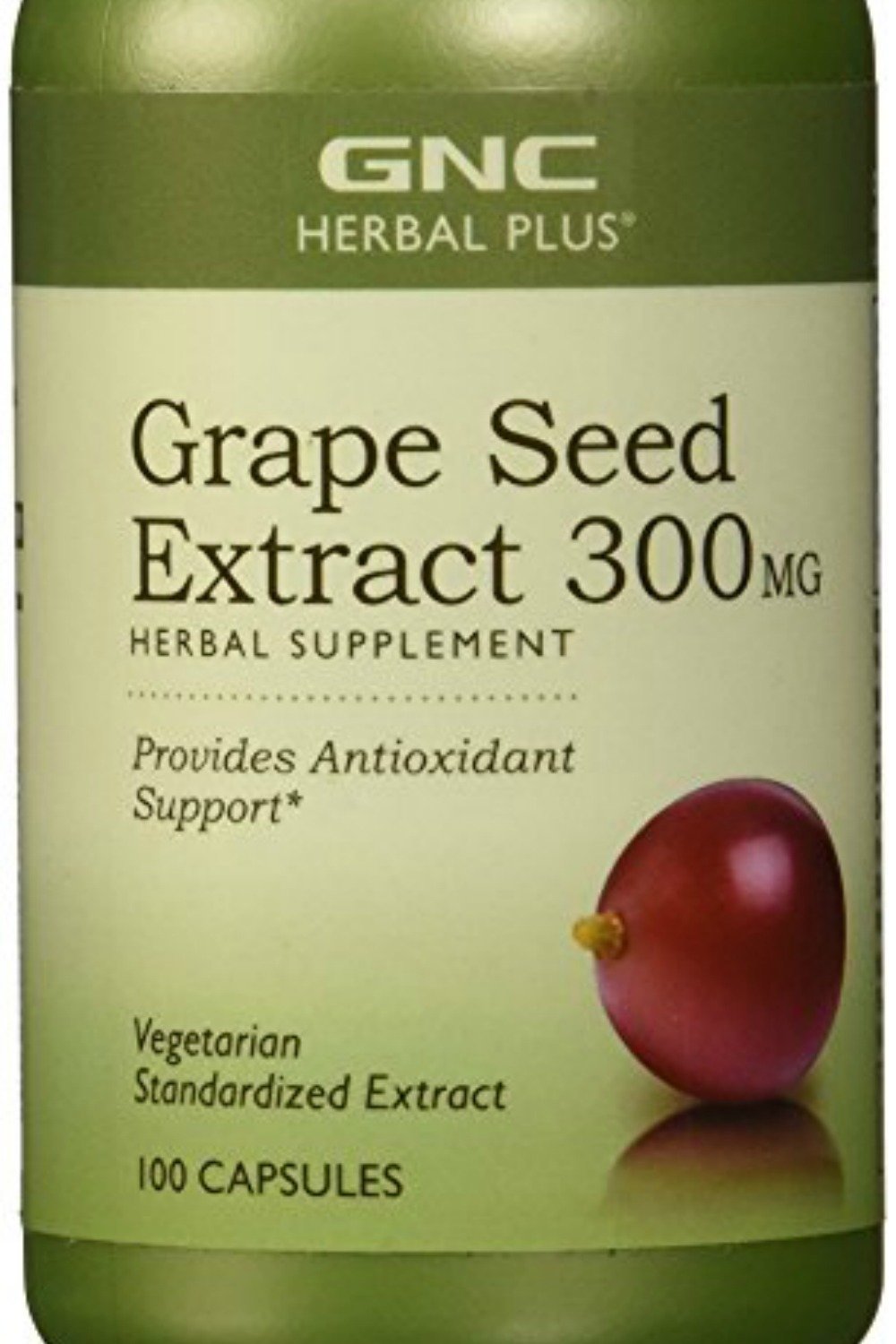
In many instances, grapefruit seed extract can be used as a natural alternative to antibiotics. It's useful for treating thrush in breastfeeding moms and their babies.
Hydrating is crucial when you're breastfeeding.
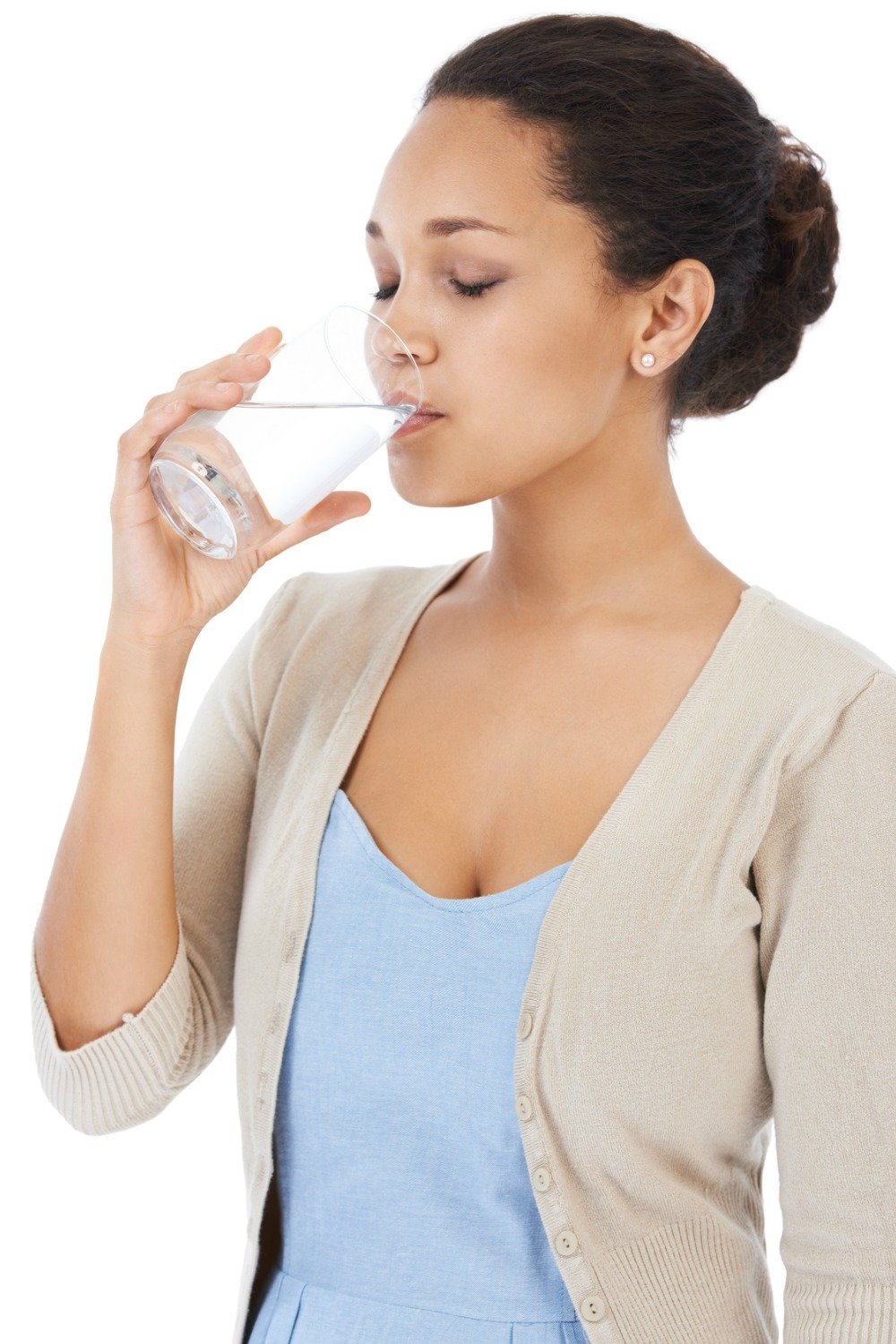
When you're lactating, creating milk leeches fluids from your body. It's absolutely essential to stay hydrated throughout the day, to keep your milk supply flowing as well as to flush out viruses that cause mastitis and bacteria that cause thrush. Drink lots of water and clear fluids.
Ice can be used to desensitize sore nipples.
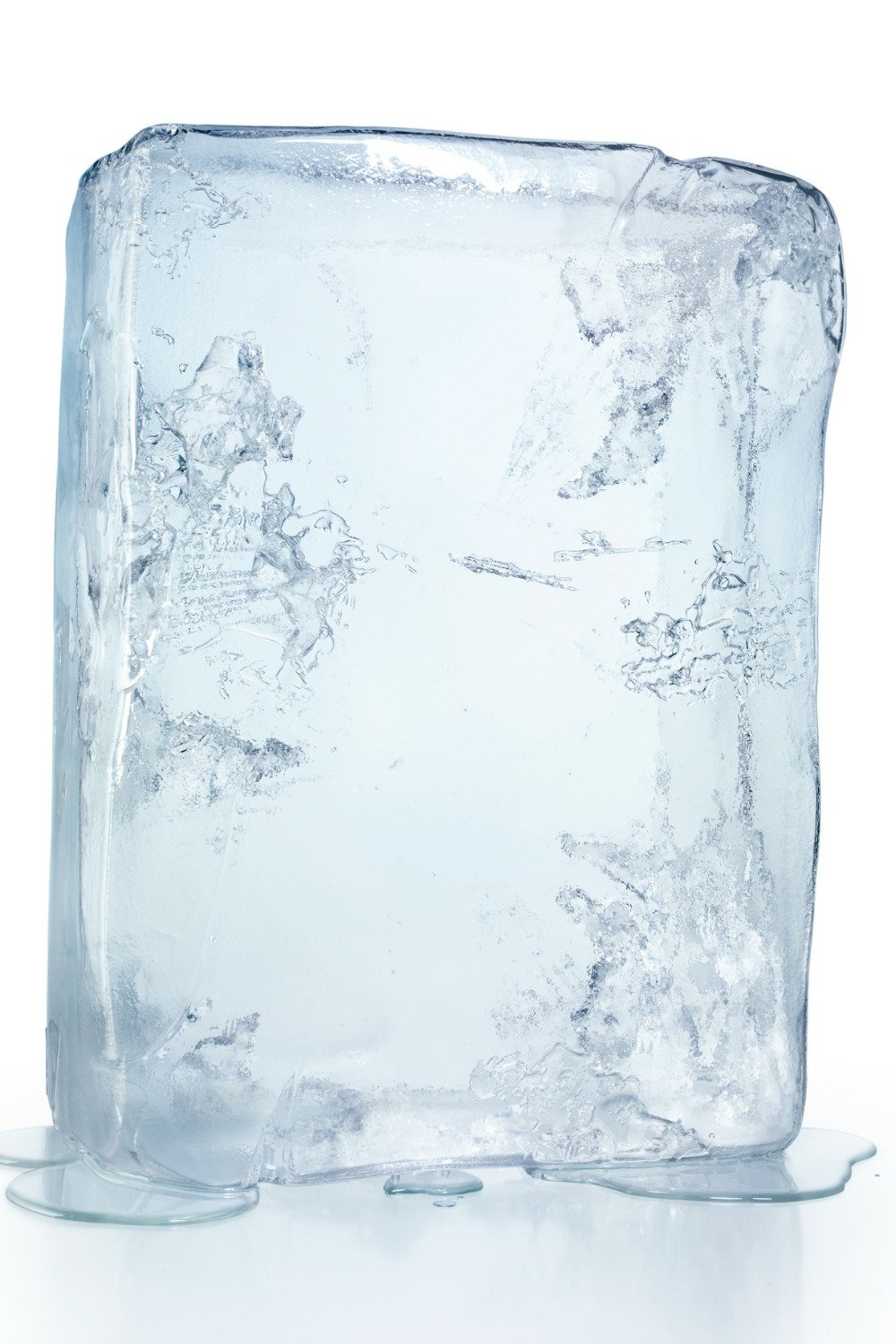
If your nipples are sore, it's probably because your baby's latch needs to be correcting, but that can take time. While you get things figured out, you can apply ice to your nipples briefly before feeding to desensitize them during the initial latch on.
Use ice packs after feedings.
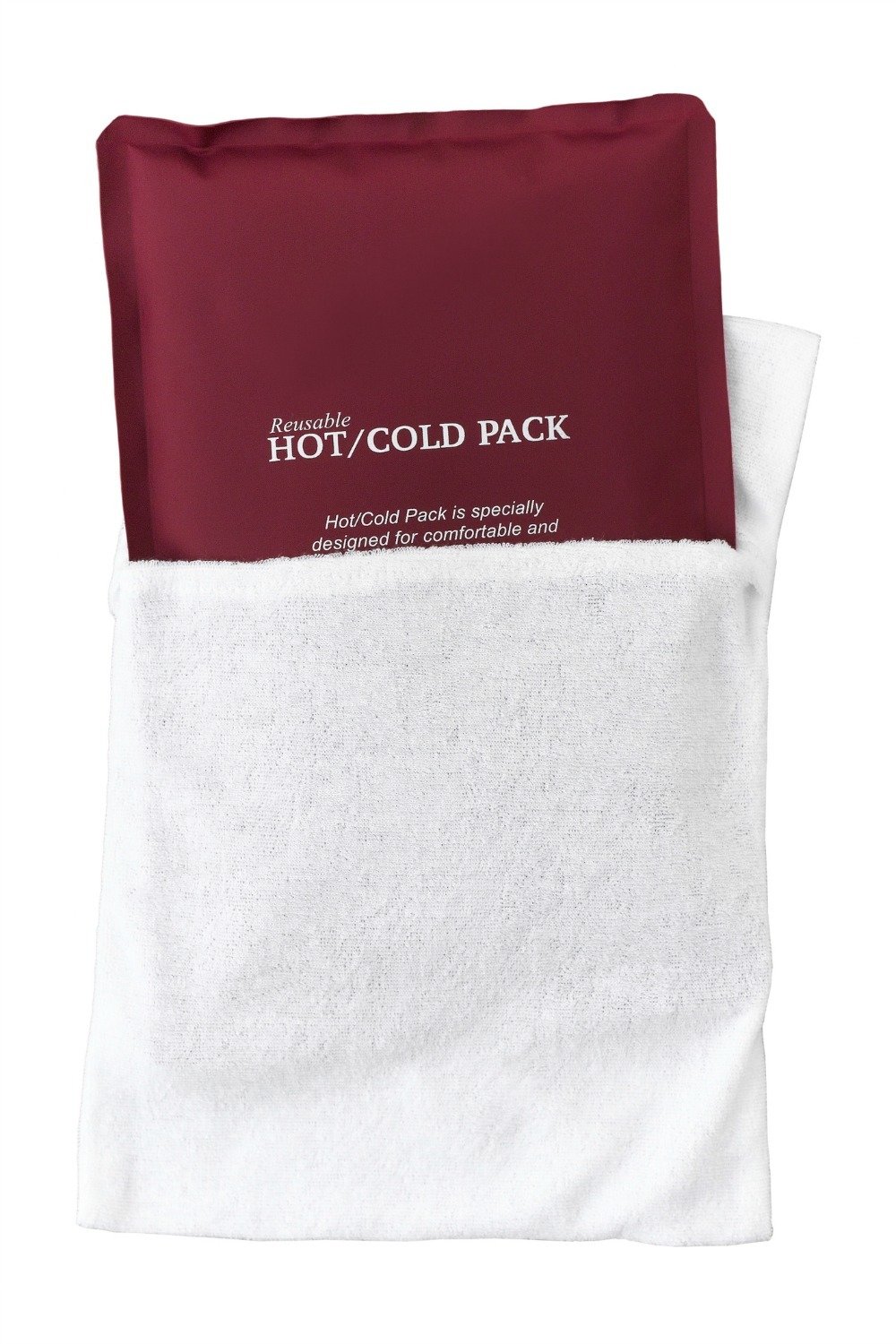
If you're breast are engorged, swollen or otherwise painful, you can apply an ice pack for 15 to 20 minutes after feeding to help alleviate symptoms.
Lavender tea can help with plugged ducts.
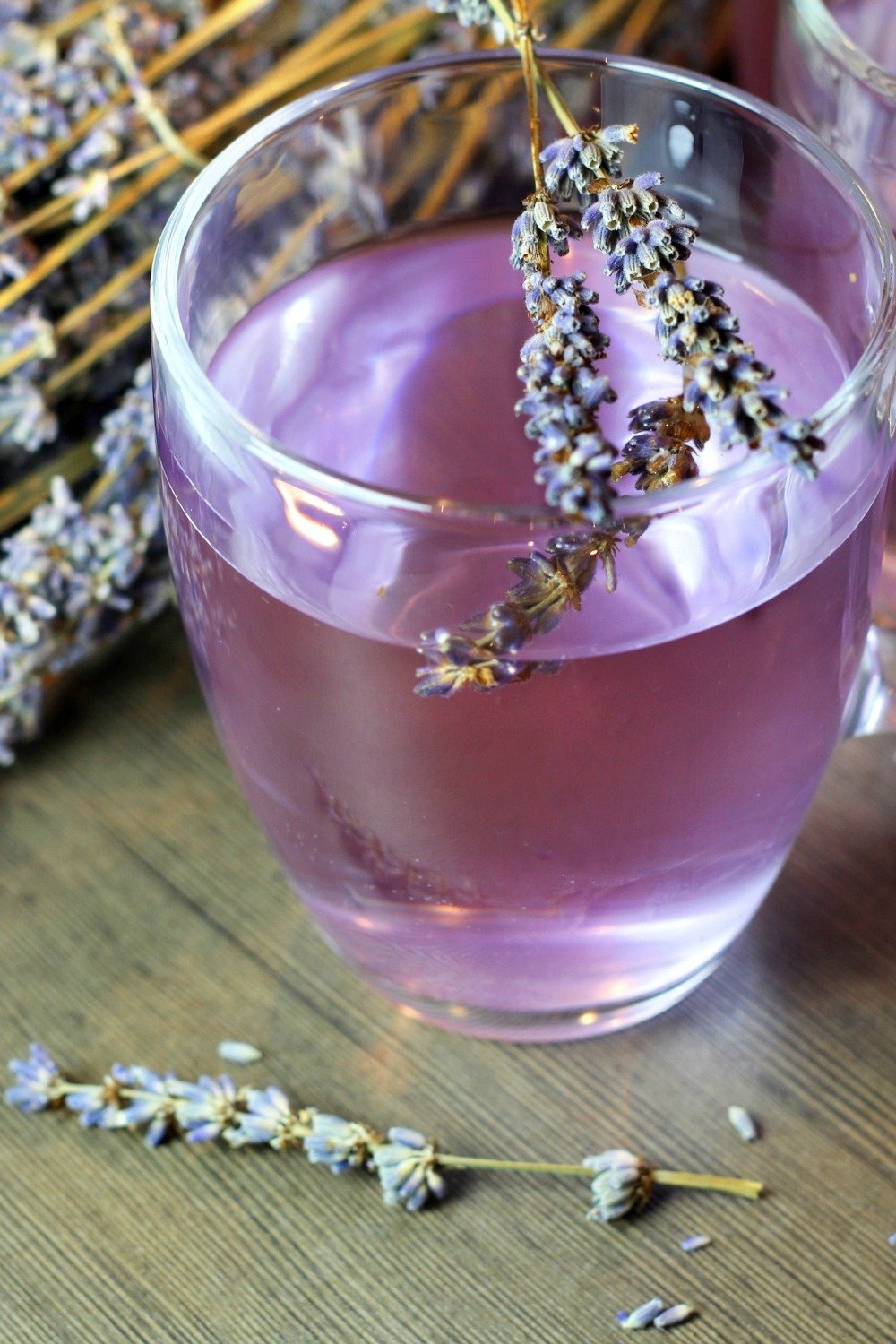
Brew up a batch of soothing lavender tea and soak a clean washcloth in the tea, let cool to room temperature and apply to the breast you have a plugged milk duct in to help loosen the clog.
Warm compresses can ease symptoms of mastitis and plugged ducts.
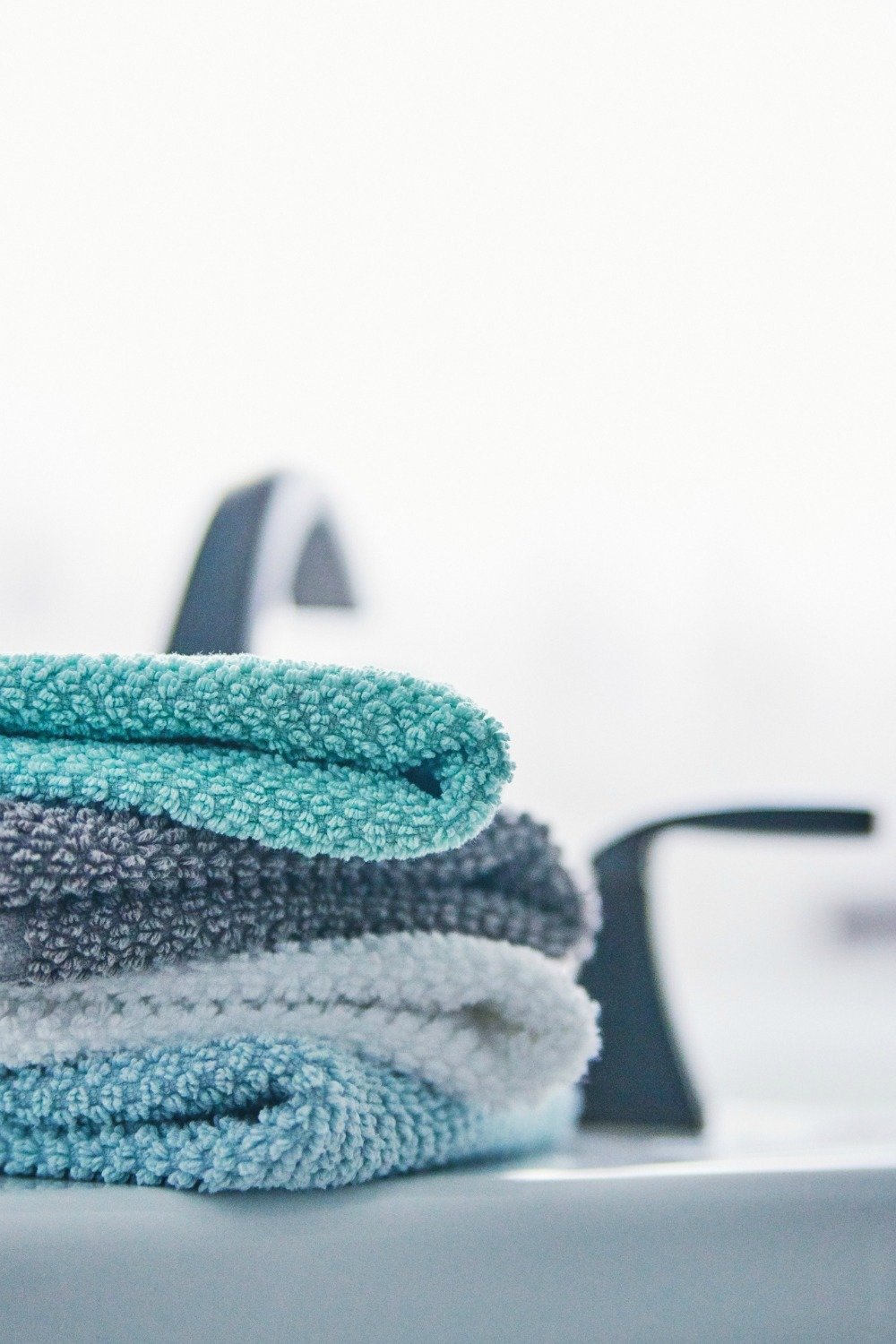
Applying a warm compress to the area of your breast that is suffering from a clogged milk duct or lump caused by mastitis can help soften the milk and get it flowing again.
Lecithin is a natural substance that can prevent milk ducts from clogging.
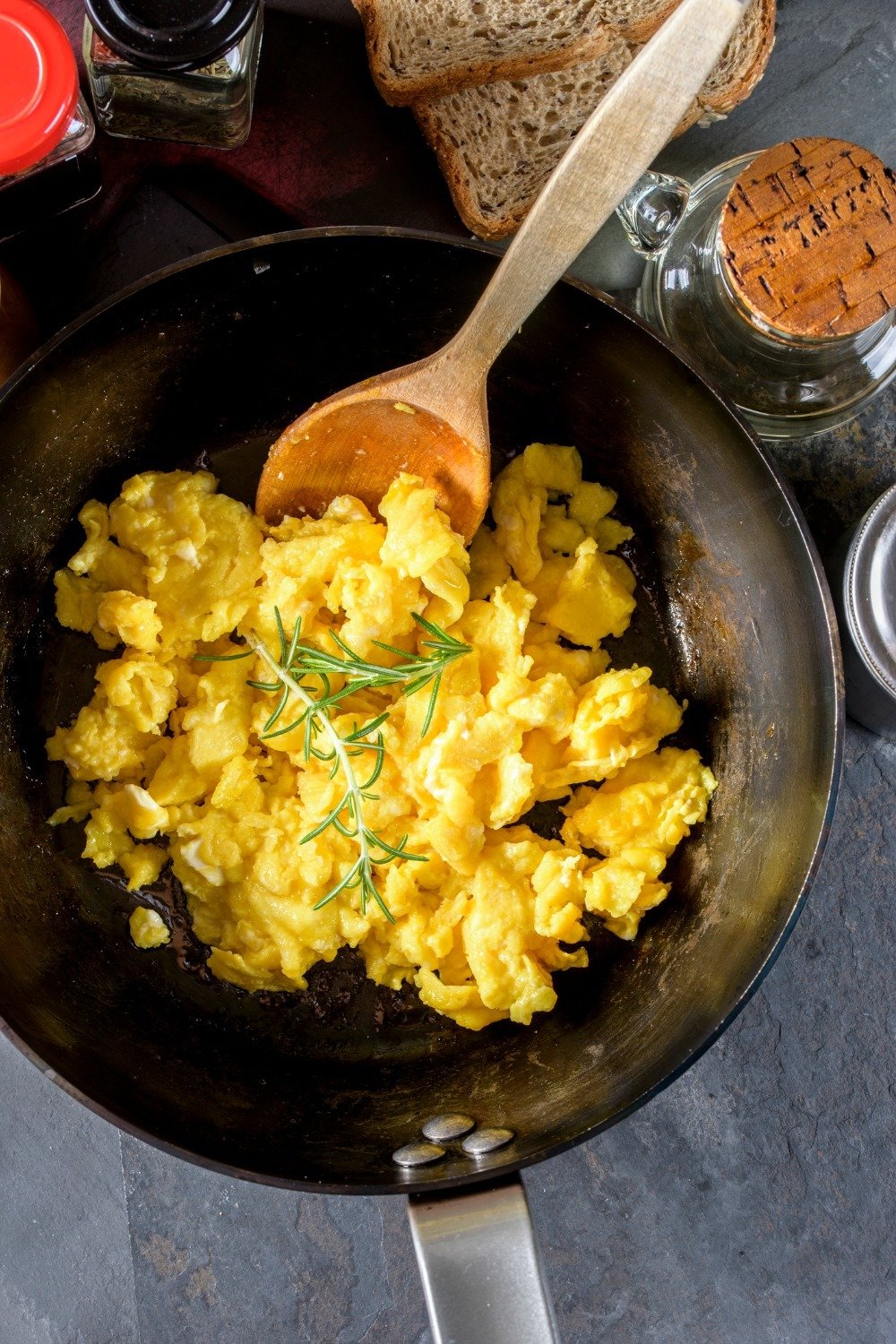
If you discover that you're prone to eggs, you can try adding more lecithin to your diet–it is known to help clear existing plugged ducts and prevent them from re-occurring. Eggs have a high lecithin content and can be eaten daily to help minimize the chance of plugged ducts.
Sunflower lecithin is a vegan alternative.
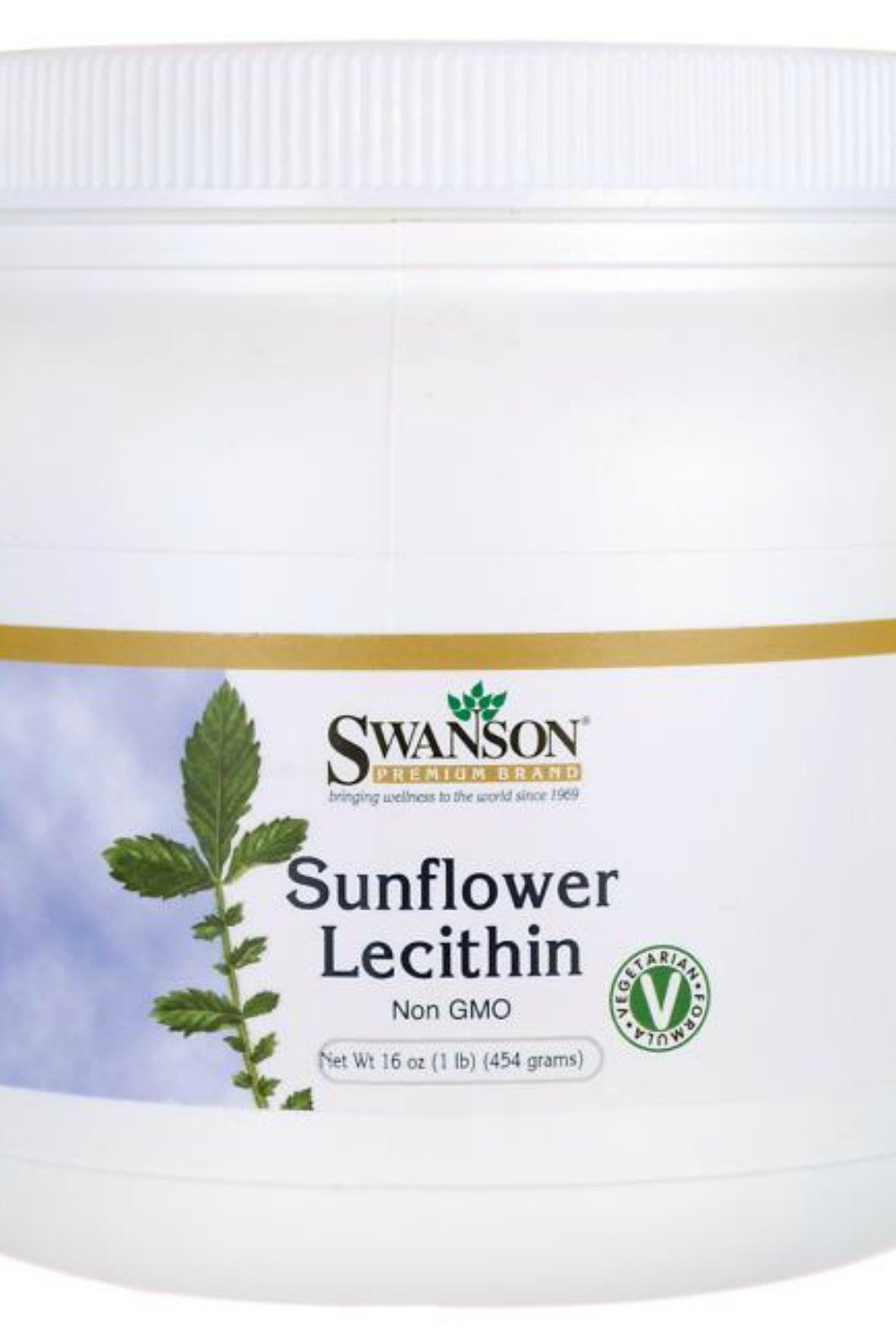
If you're vegan or you don't eat eggs, you can purchase sunflower lecithin supplements to boost your lecithin consumption and reduce the risk of plugged ducts.
Magnesium can help keep milk supply stable.
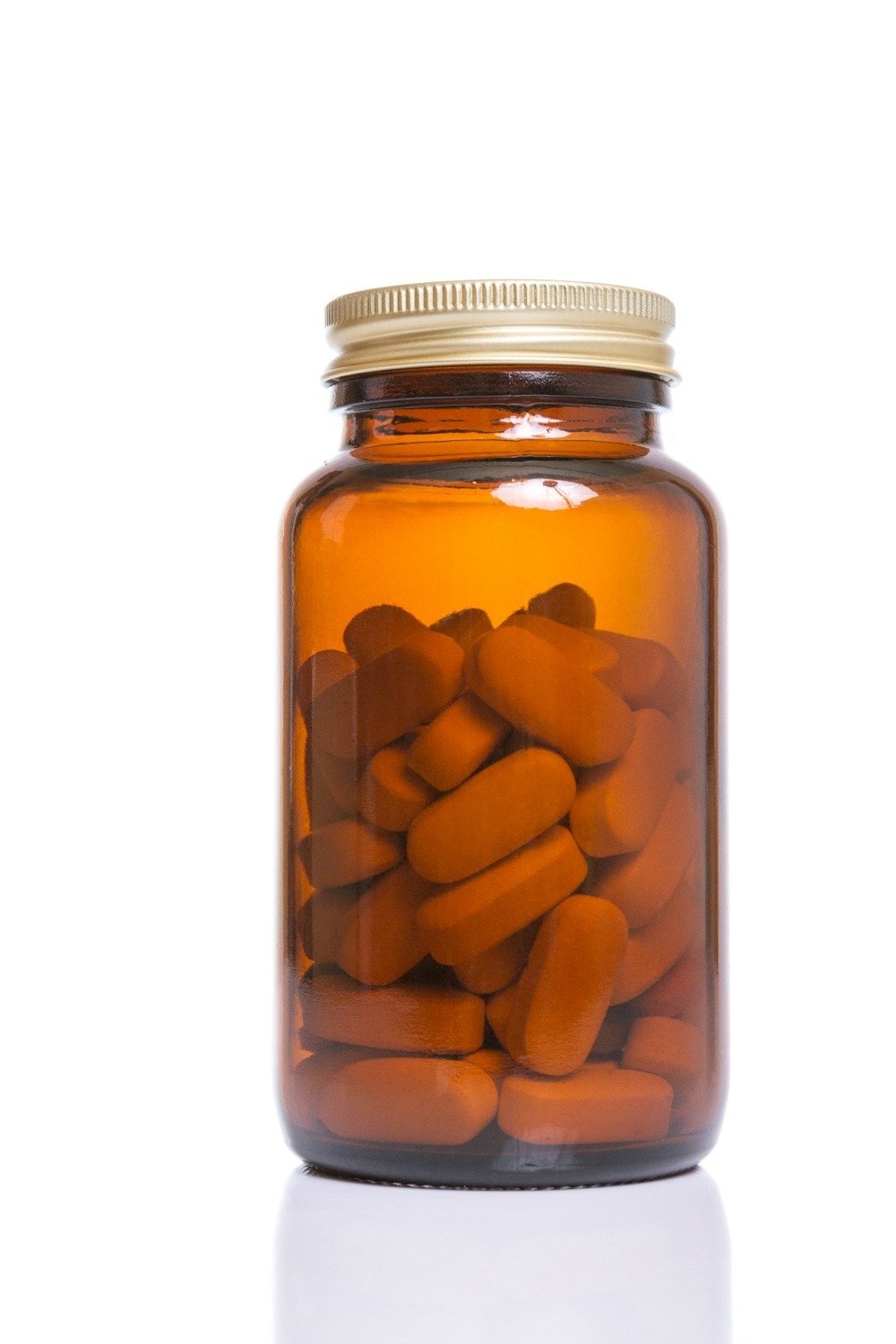
Many women experience a dip in their breast milk supply right before and during their periods. Taking a magnesium supplement (a magnesium/calcium combo is best for absorption), can help keep your milk supply stable through hormonal changes.
Superfood moringa boosts milk supply.
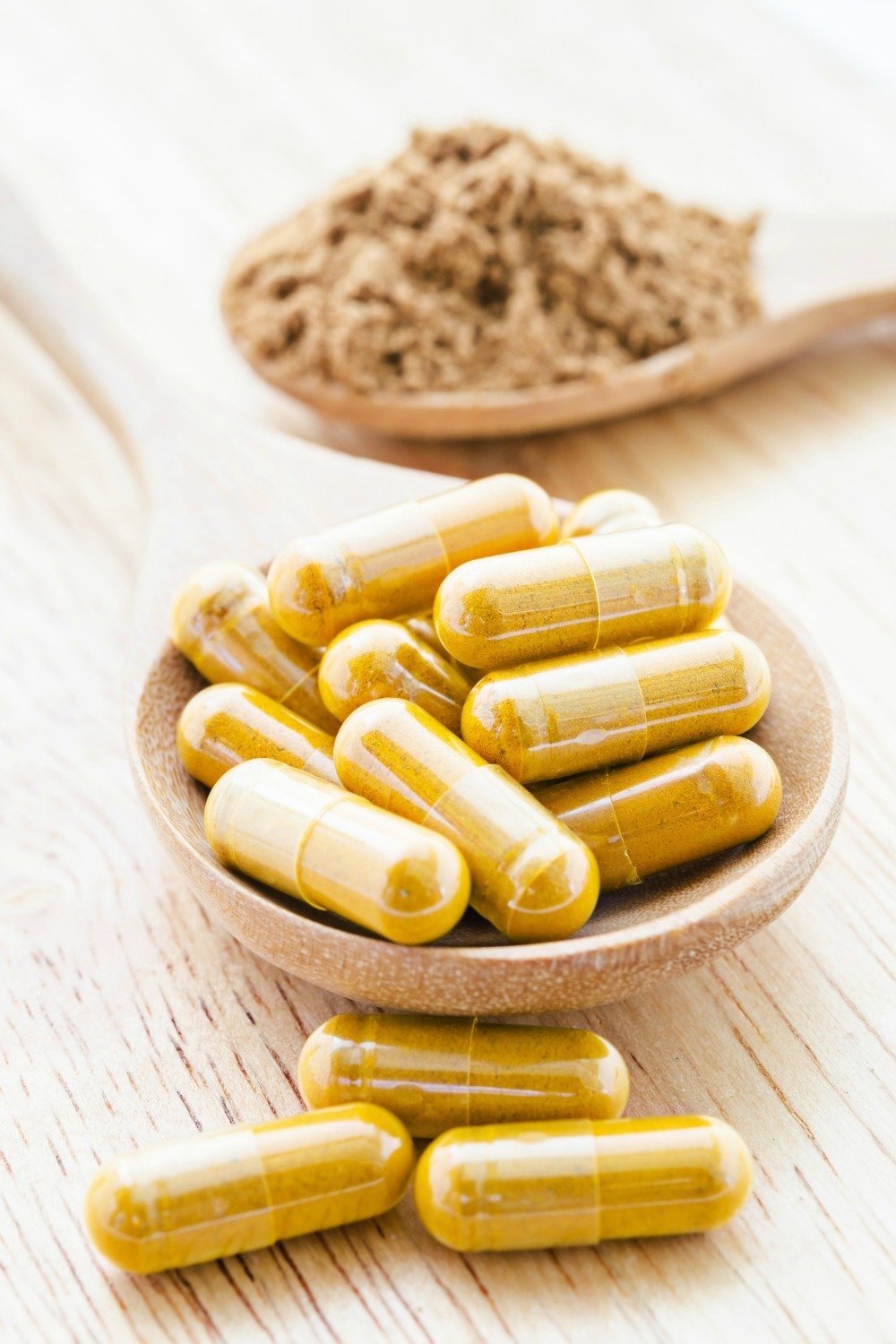
Moringa is a superfood plant that has been used in traditional cultures to increase milk supply. It's gaining popularity as a breastfeeding supplement and is very effective to either boost supply temporarily or an ongoing basis. It's available as a capsule or in powder form that can be added to smoothies and other dishes.
Oatmeal is an easy way to boost milk supply.

Oatmeal is an excellent and easy way to boost milk supply. When my first son was born, my milk came in shortly after I started eating a bowl of oatmeal every day. It is a known galactagogue.
Use olive oil to massage out milk blebs.
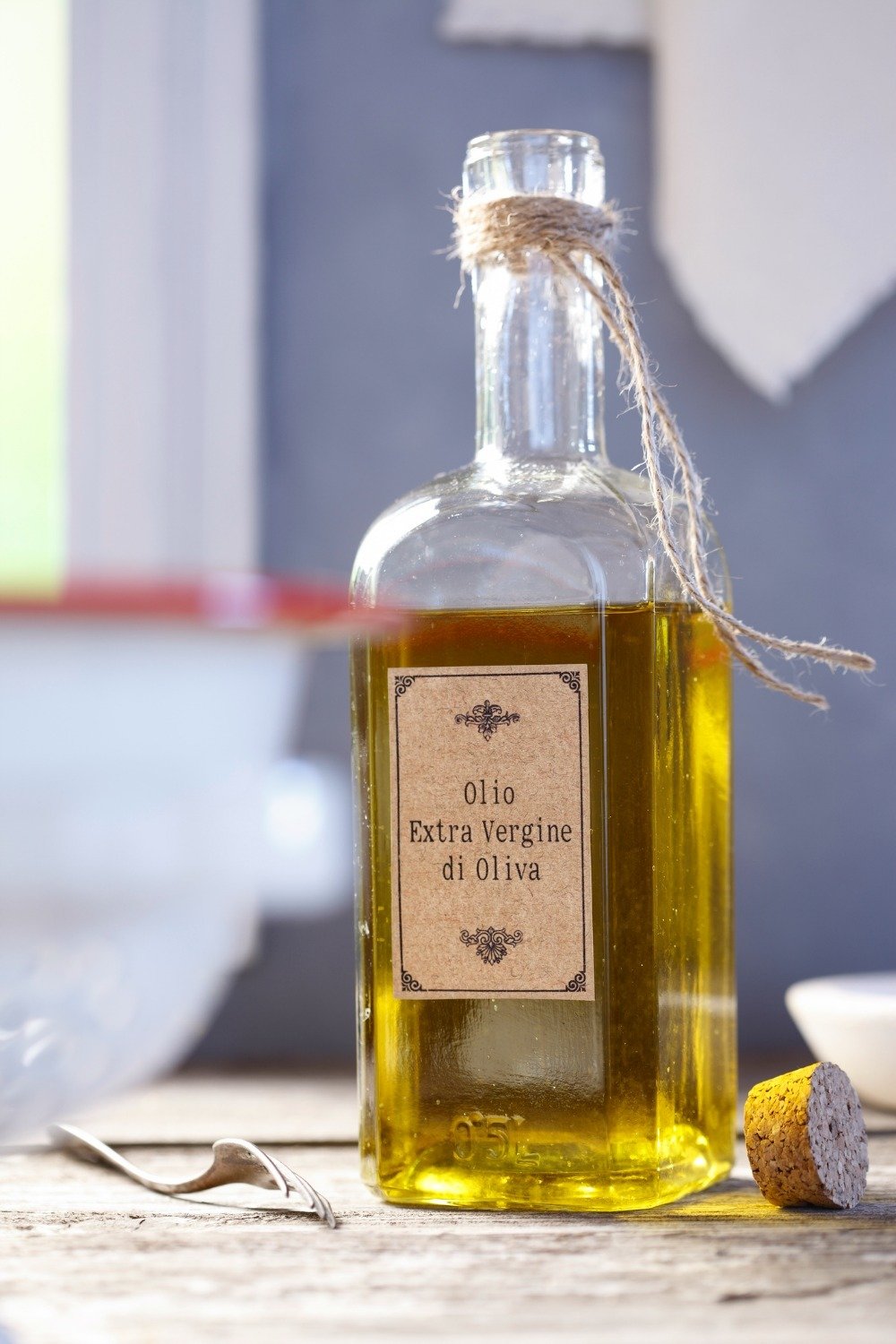
You can use a little bit of olive oil as a lubricant to massage out milk blebs or blisters from your nipples.
Phytolacca can fight infection.

If you have mastitis or a plugged milk duct you can take phytolacca to help fight infection and inflammation. It is a plant-based homeopathic remedy that is readily available online and in pharmacies.
Pineapple juice helps get rid of inflammation.
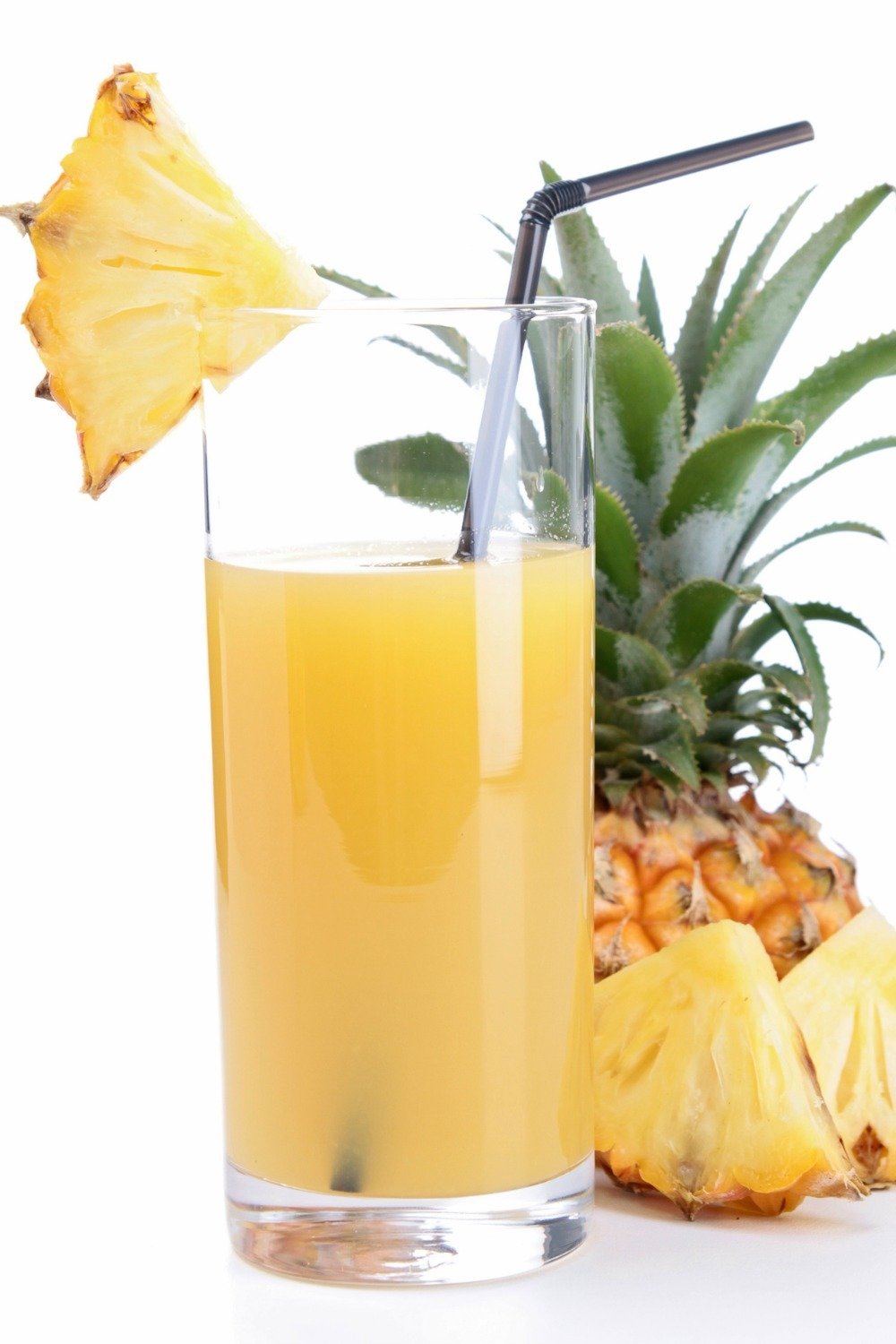
Pineapple contains bromelain which helps reduce inflammation. This is helpful if you have swollen, tender breasts, a plugged duct or even for mastitis.
Probiotics fight off thrush.
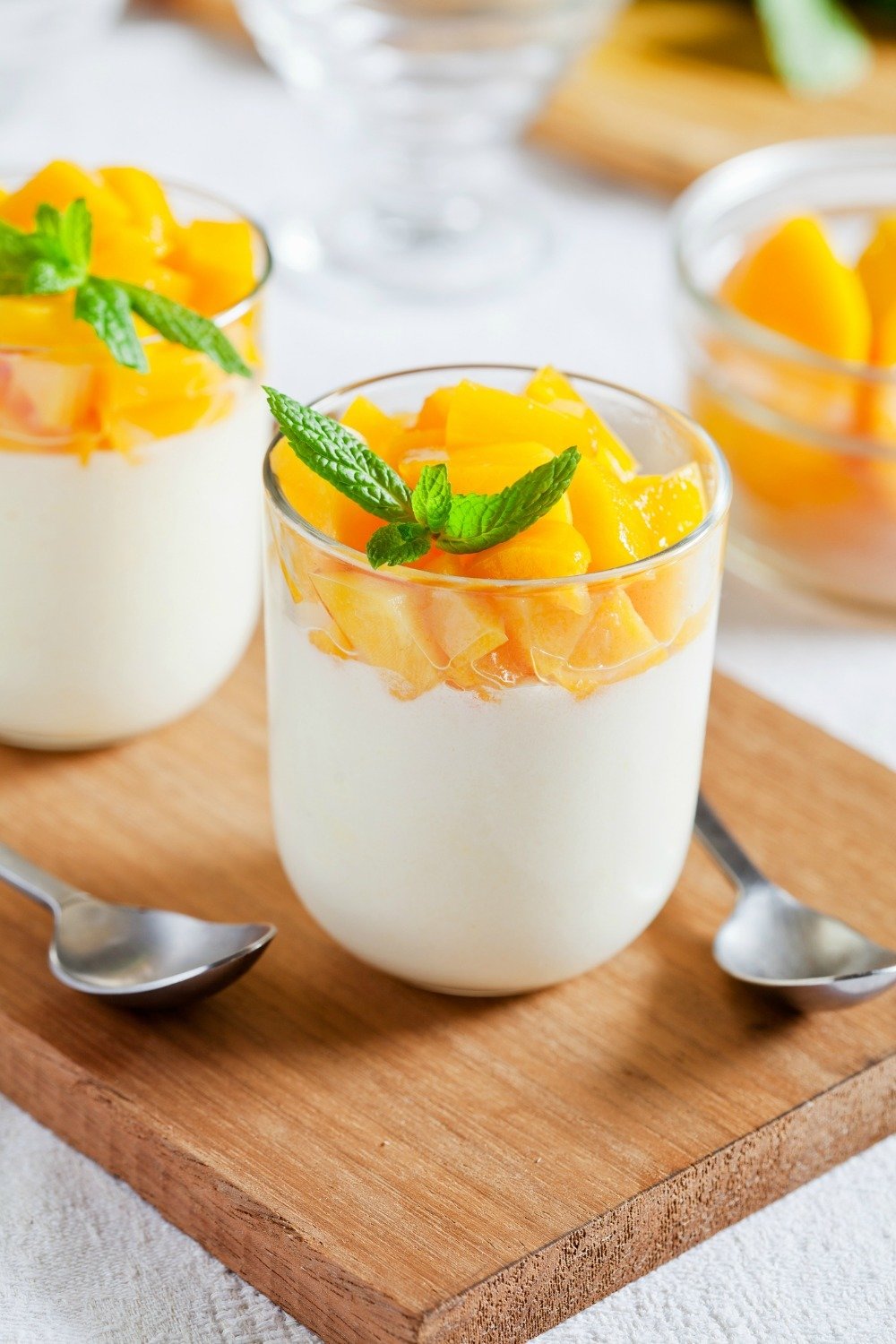
Make sure to include probiotics in your diet when you're breastfeeding. It can help alleviate thrush, mastitis and other breastfeeding ailments. Eat yogurt or fermented foods daily or take a probiotic supplement.
Raw garlic is antibacterial.
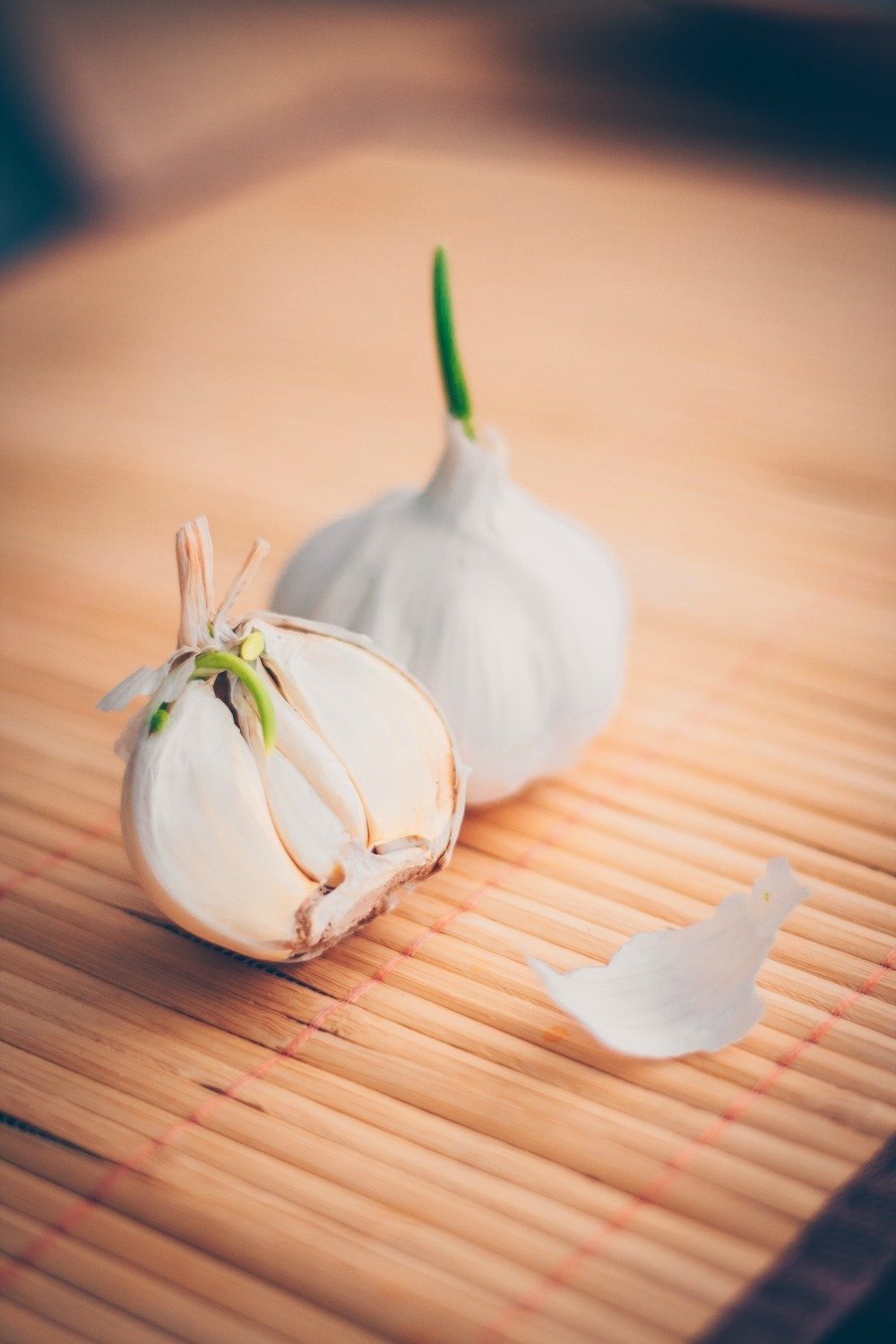
Raw garlic has both antibacterial and antibiotic properties and when eaten daily it can help with breastfeeding related infections and illnesses like mastitis, thrush and plugged ducts.
Raw potato slices can helped relieve plugged ducts and mastitis.

Applying raw potato slices all over the breast as soon as symptoms of mastitis or plugged ducts appear, is anecdotally known to quickly alleviate painful symptoms.
Rest might be hard, but it's essential.

New mothers are almost always short on sleep, but not prioritizing rest can allow some awful ailments to occur since your body is already weak from being exhausted. Resting adequately can help ward off ailments and allow your body to heal if you've already succumb to them.
Herbal tinctures can be soothing to sore breasts.
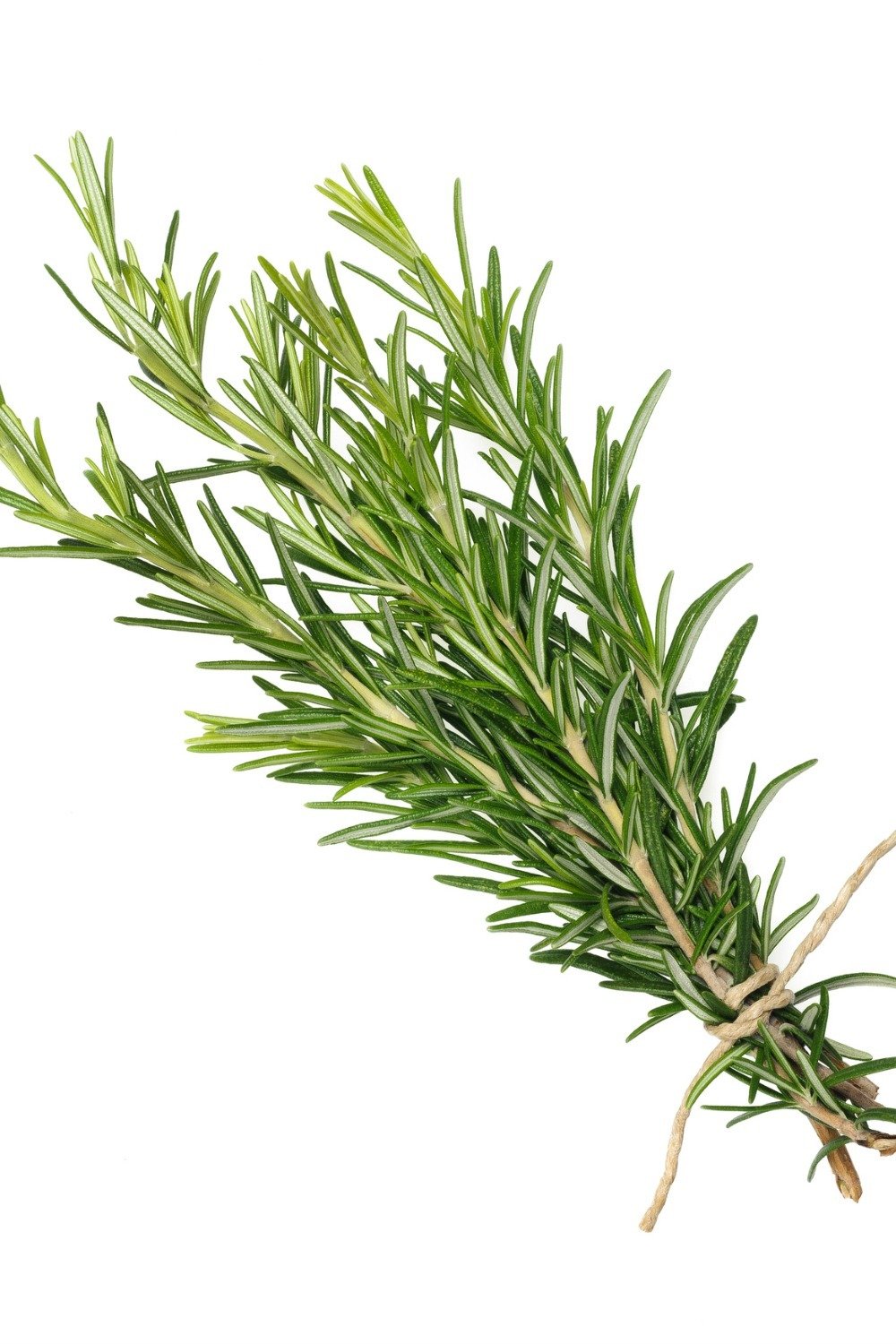
Various herbal tinctures have been known to help relieve sore breasts. Rosemary is a common kitchen ingredients and has all kinds of anti-inflammatory and healing properties. Steep fresh rosemary in boiling water for a several minutes, then soak a washcloth in the mixture and apply to the breast for relief.
Snuggling with your baby can boost milk supply.

If you're suffering from a drop in breast milk supply, dedicate some time to snuggling skin-to-skin with your baby. This will help release endorphins and hormones that are essential for milk production and improve your bond with your baby.
Ditch sugar to decrease the chance of thrush.
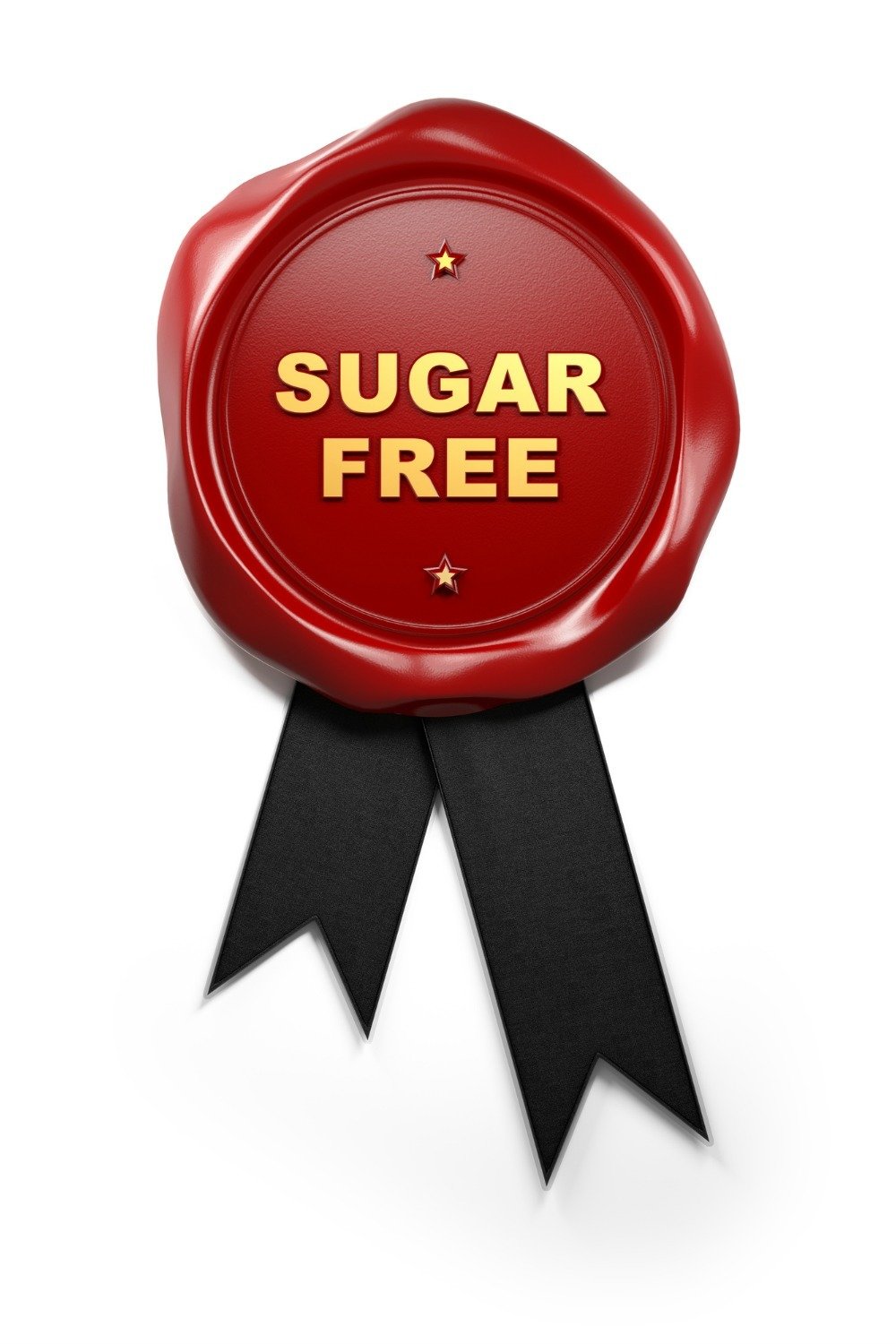
If you find yourself suffering repeated bouts of thrush, try eliminating or eat least significantly cutting back the amount of sugar in your diet. The bacteria feeds on sugar.
Buy some new bras for proper support.

You may not feel much like wearing a bra when your breast are sore, but wearing a well-fitted, supportive bra during the day and a sleep bra at night can actually help relieve pain from engorgement. Never, ever wear a bra that is too tight or compresses, as that can cause plugged ducts.
Vinegar can kill yeast that causes thrush.
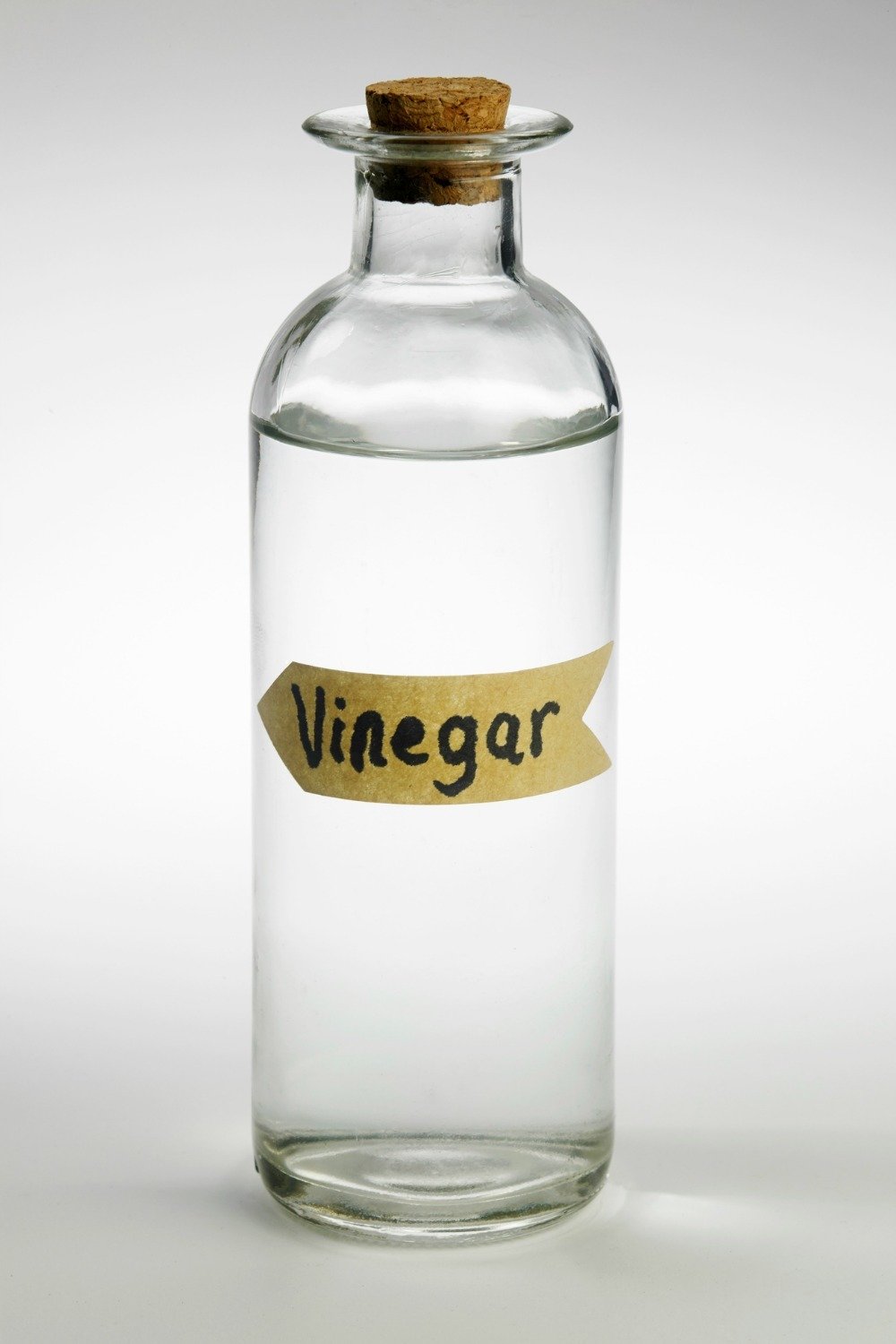
Dilute one tablespoon of white or apple cider vinegar in half a cup of distilled water and use this solution to rinse your breast a few times a day if you are suffering from thrush. Rinse off before your next nursing session.
Breast massage and compressions are useful in various ways.

If you have plugged ducts or a slow let-down, gentle breast massage and compressions can help get breast milk moving back through the milk ducts almost instantly.




